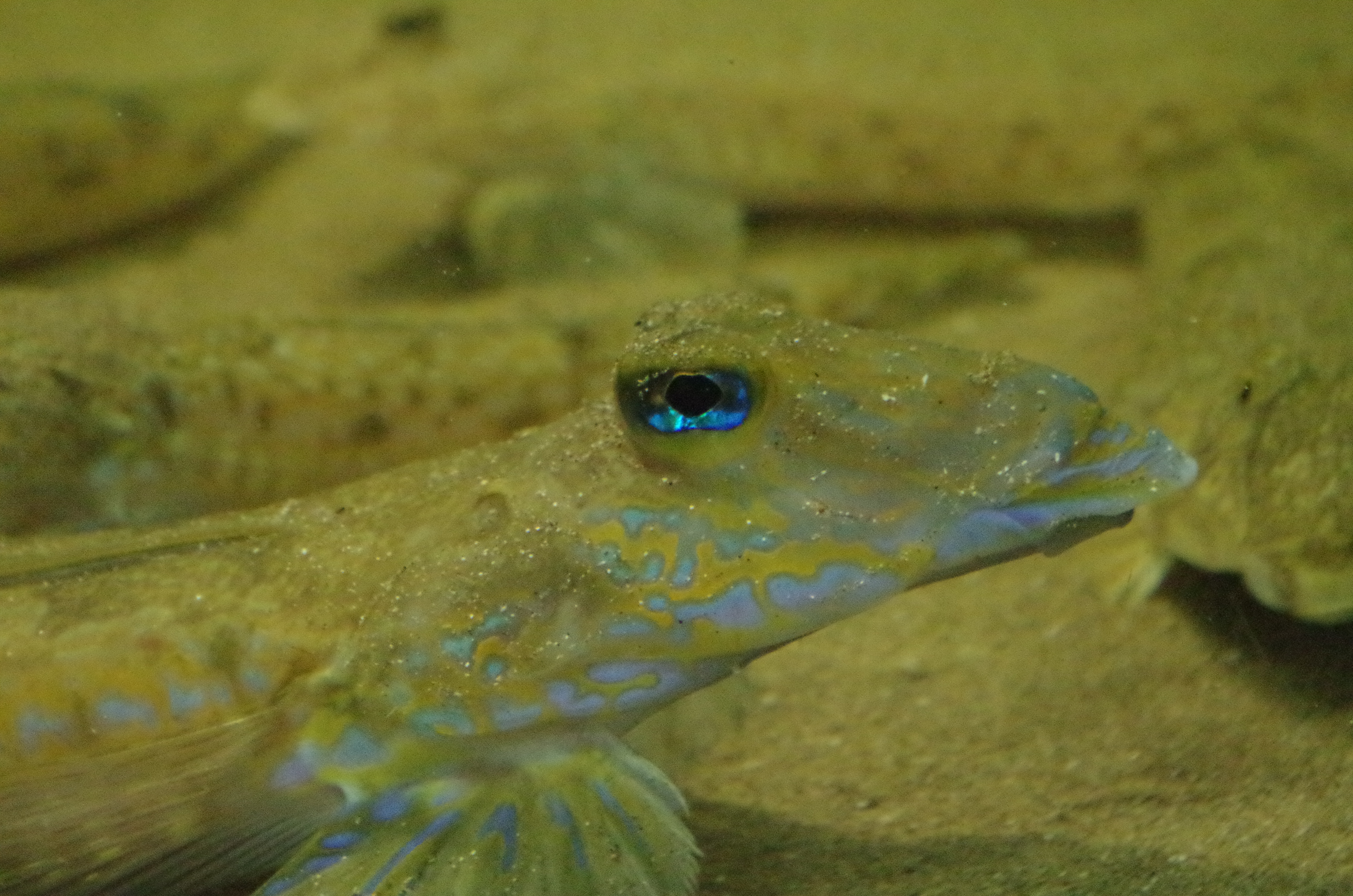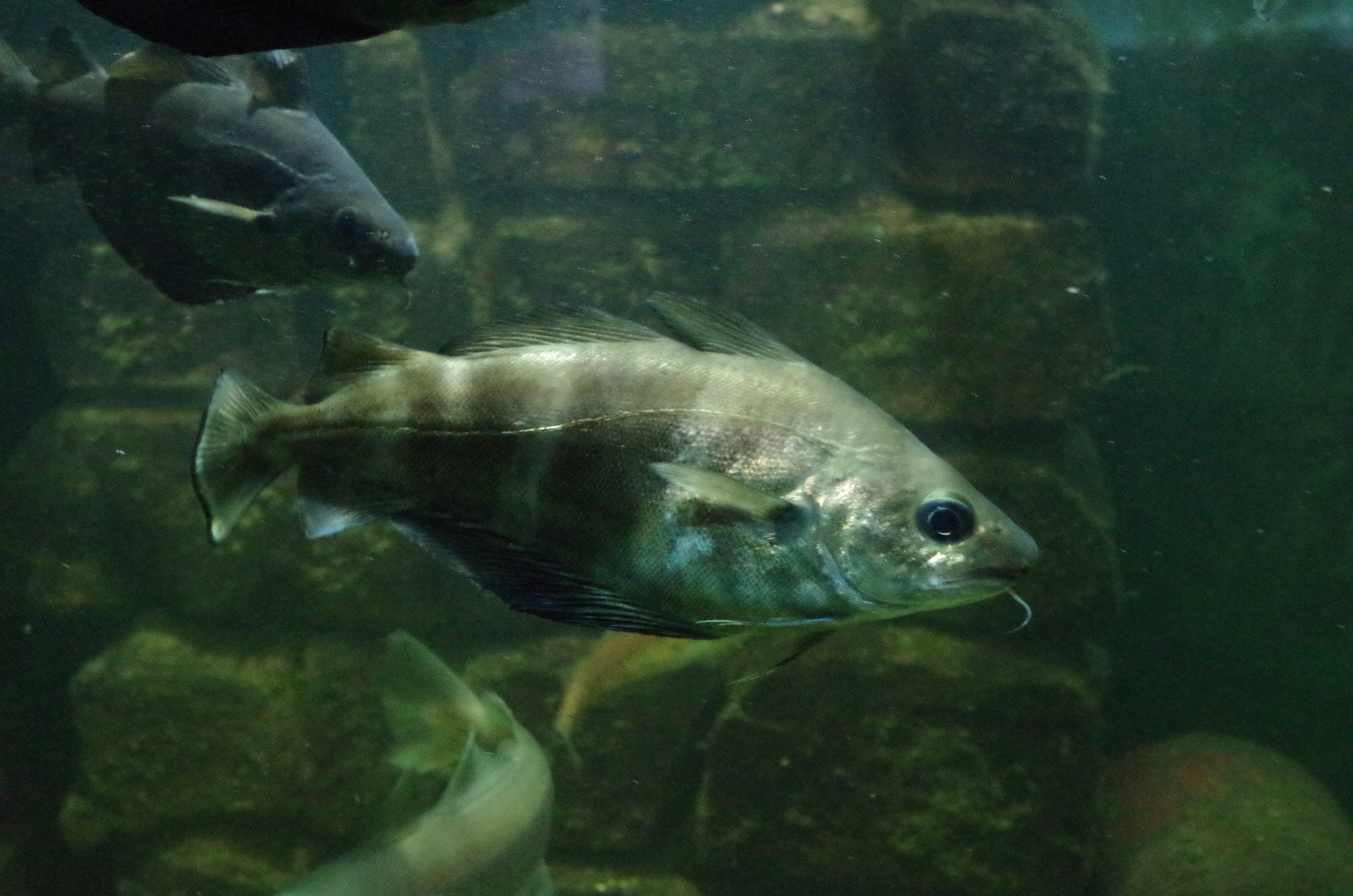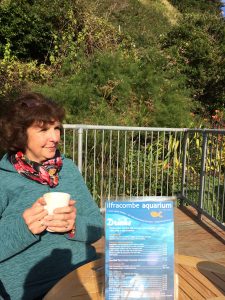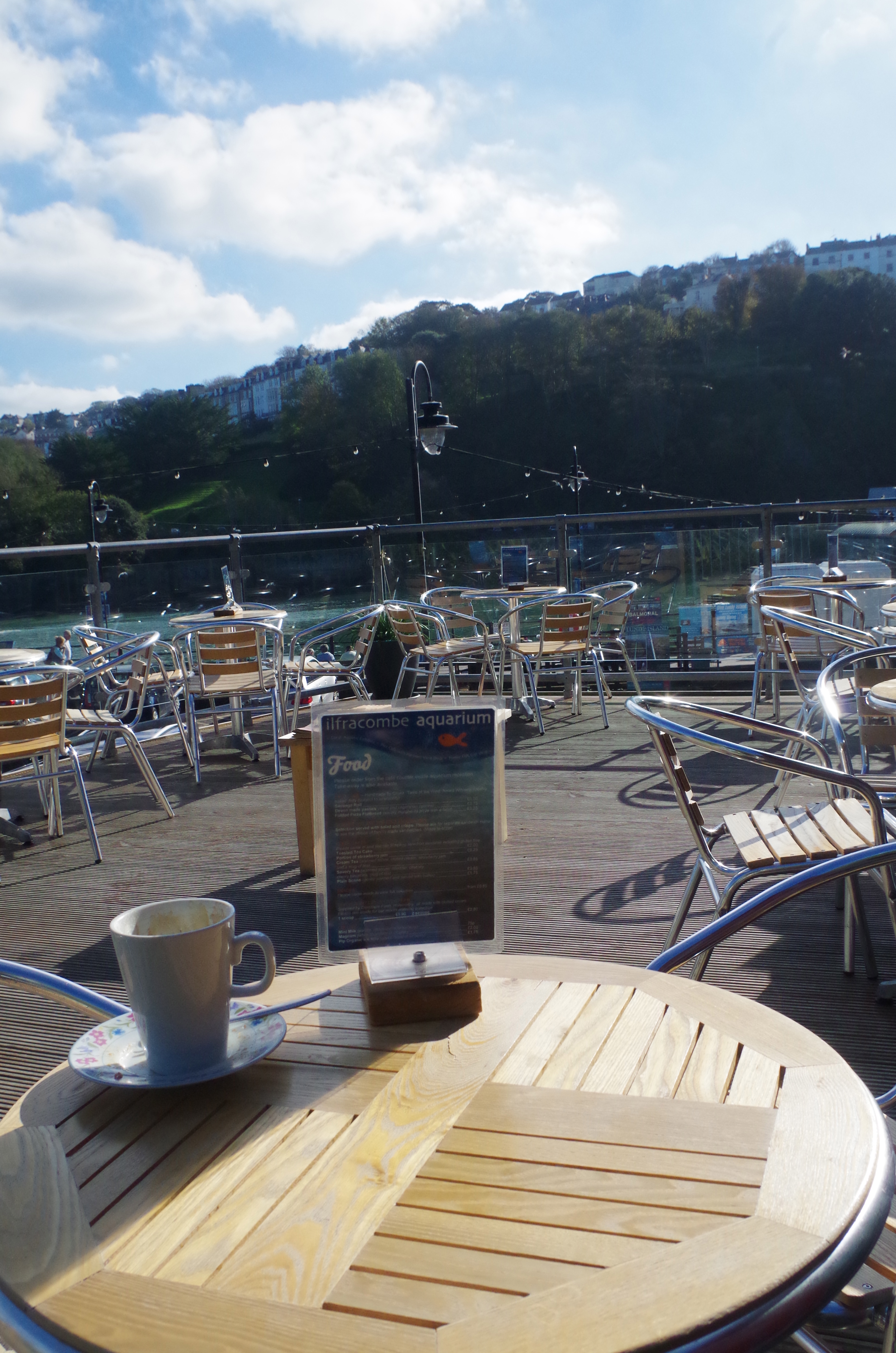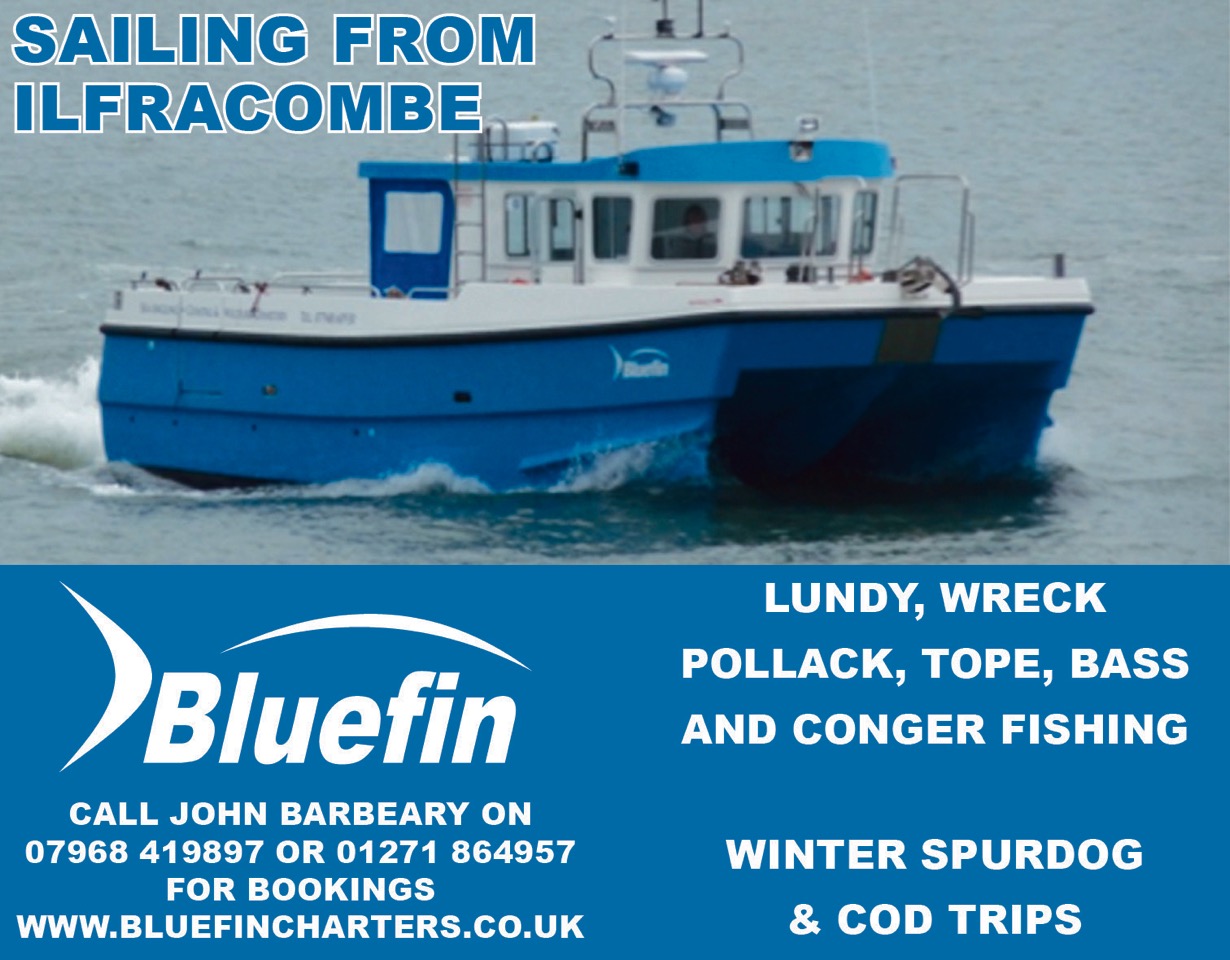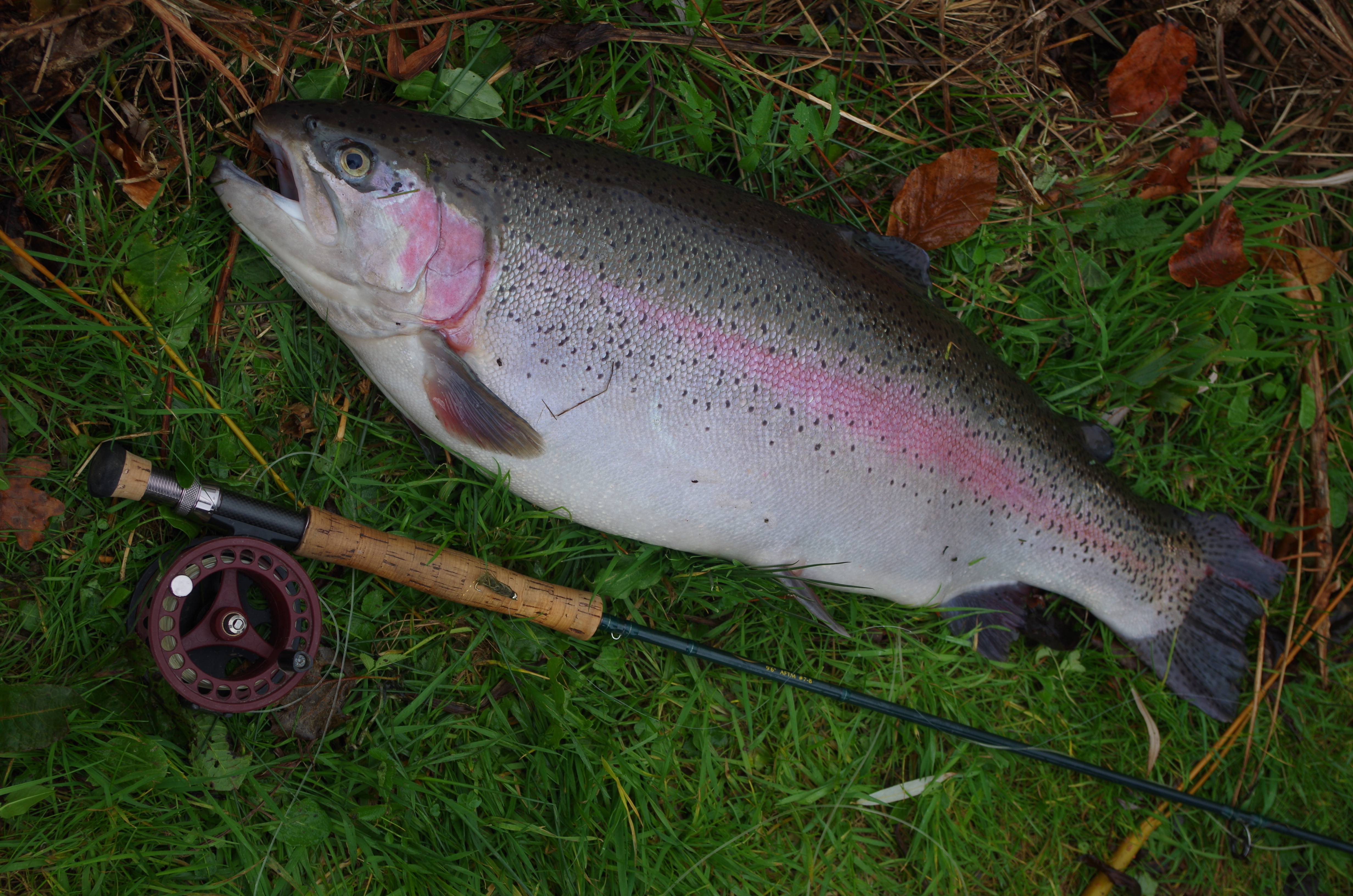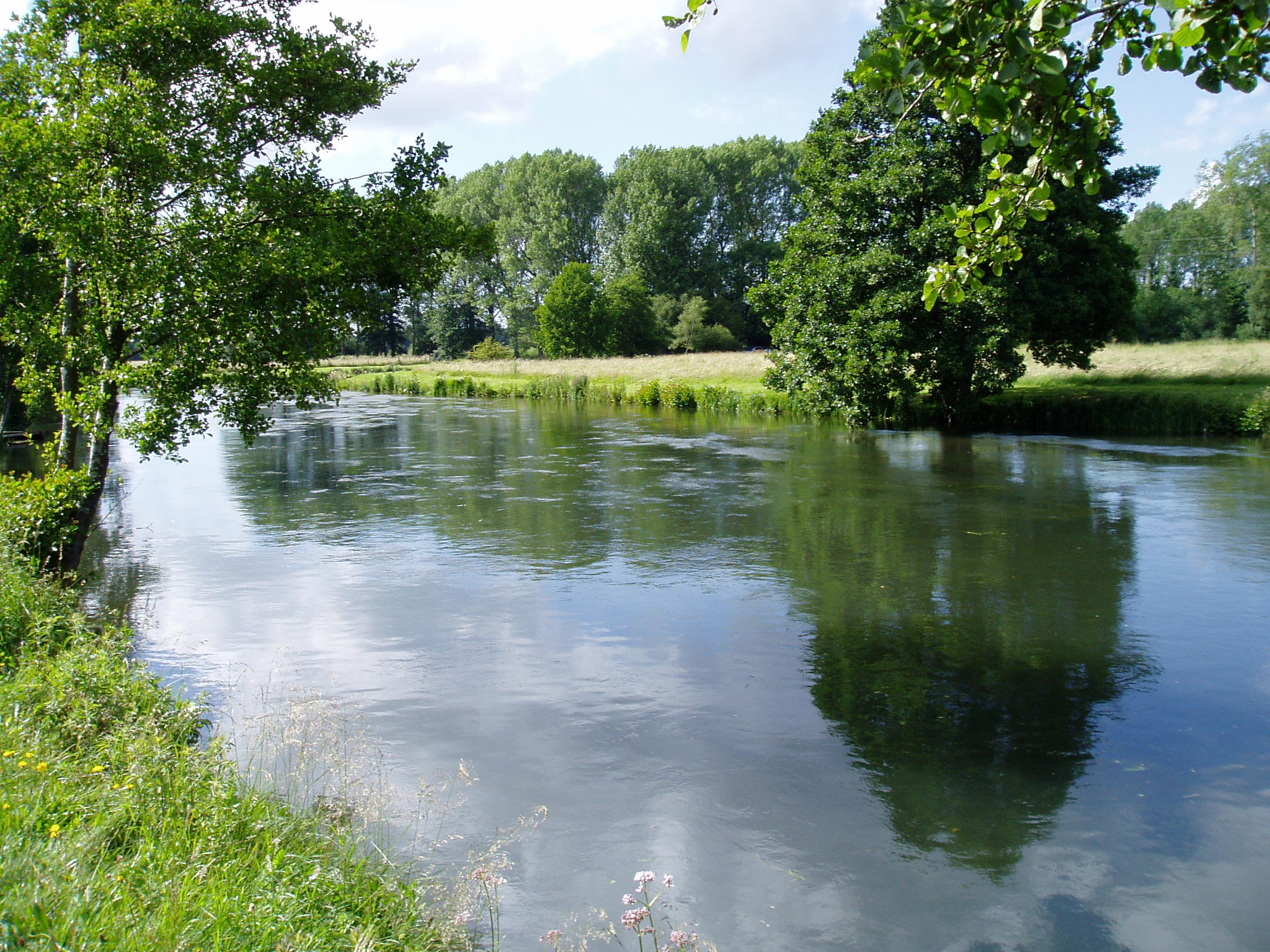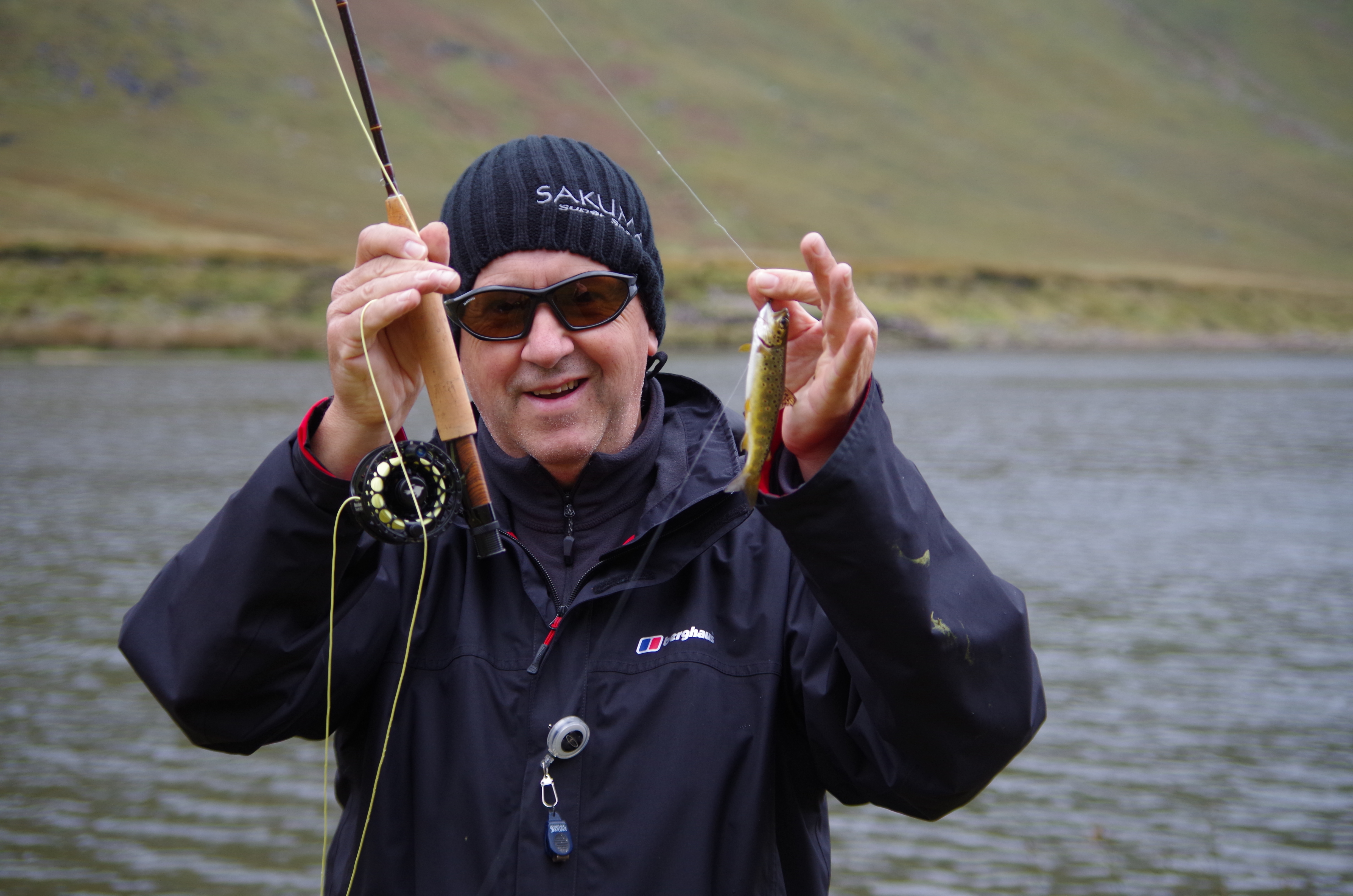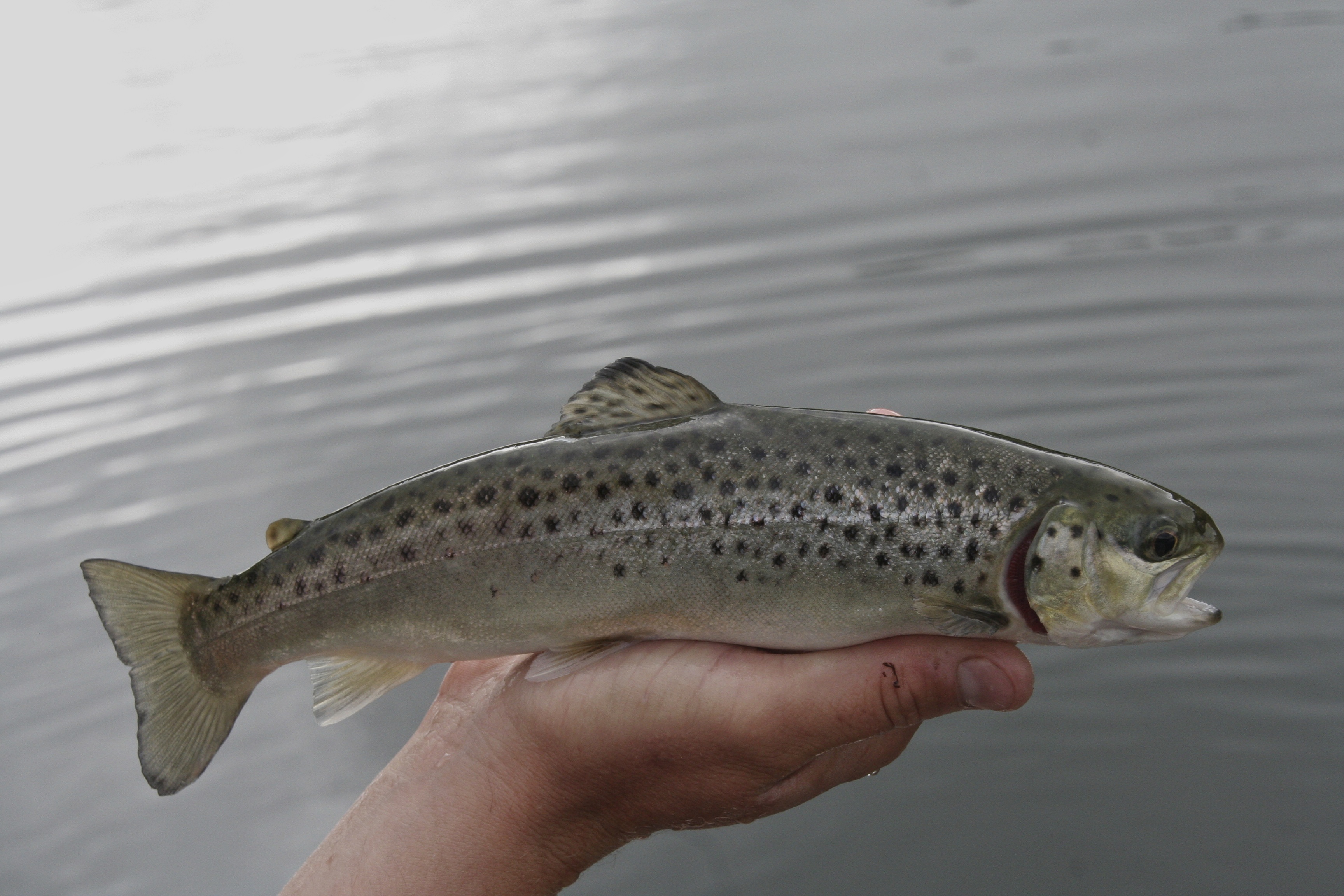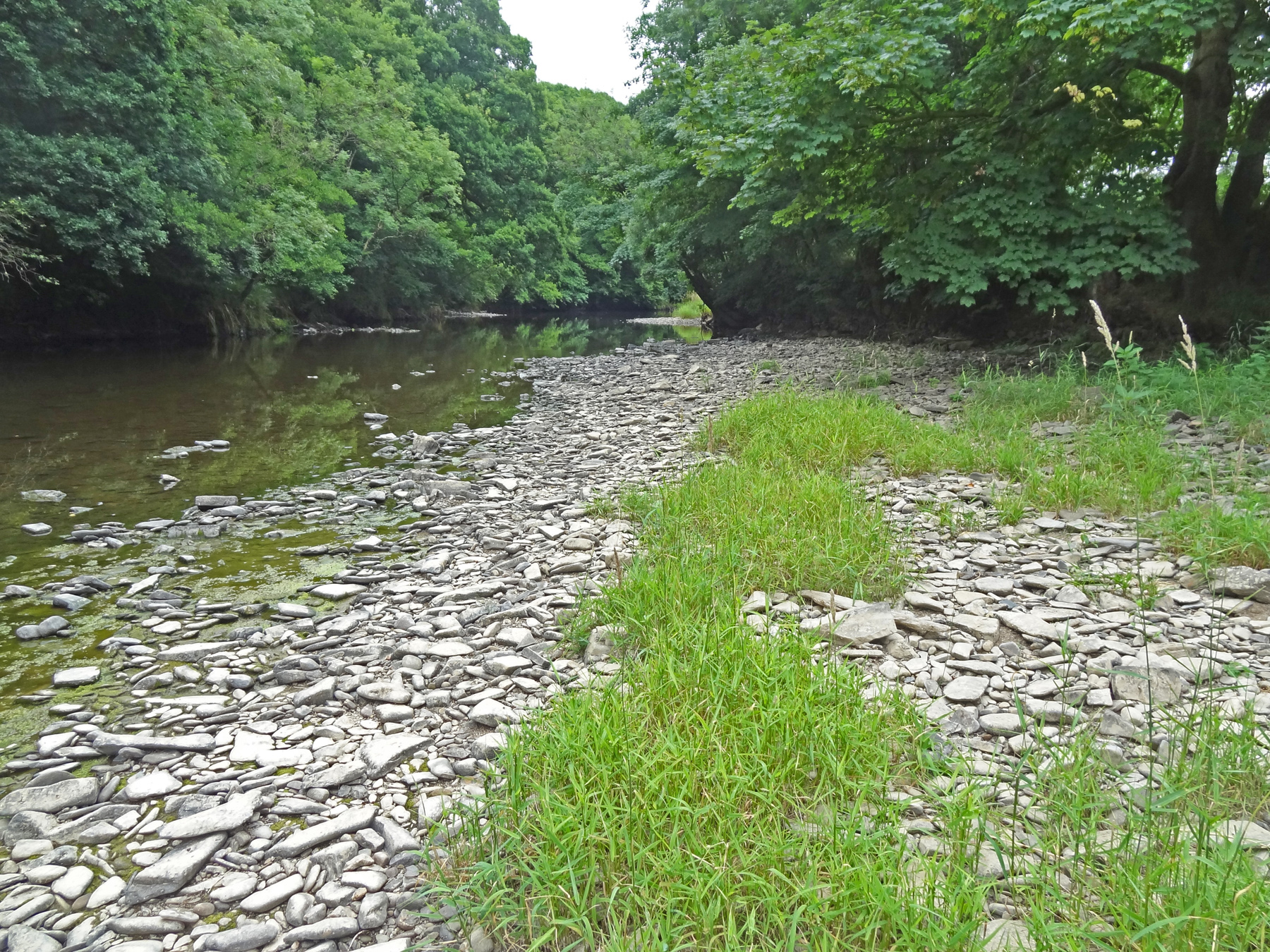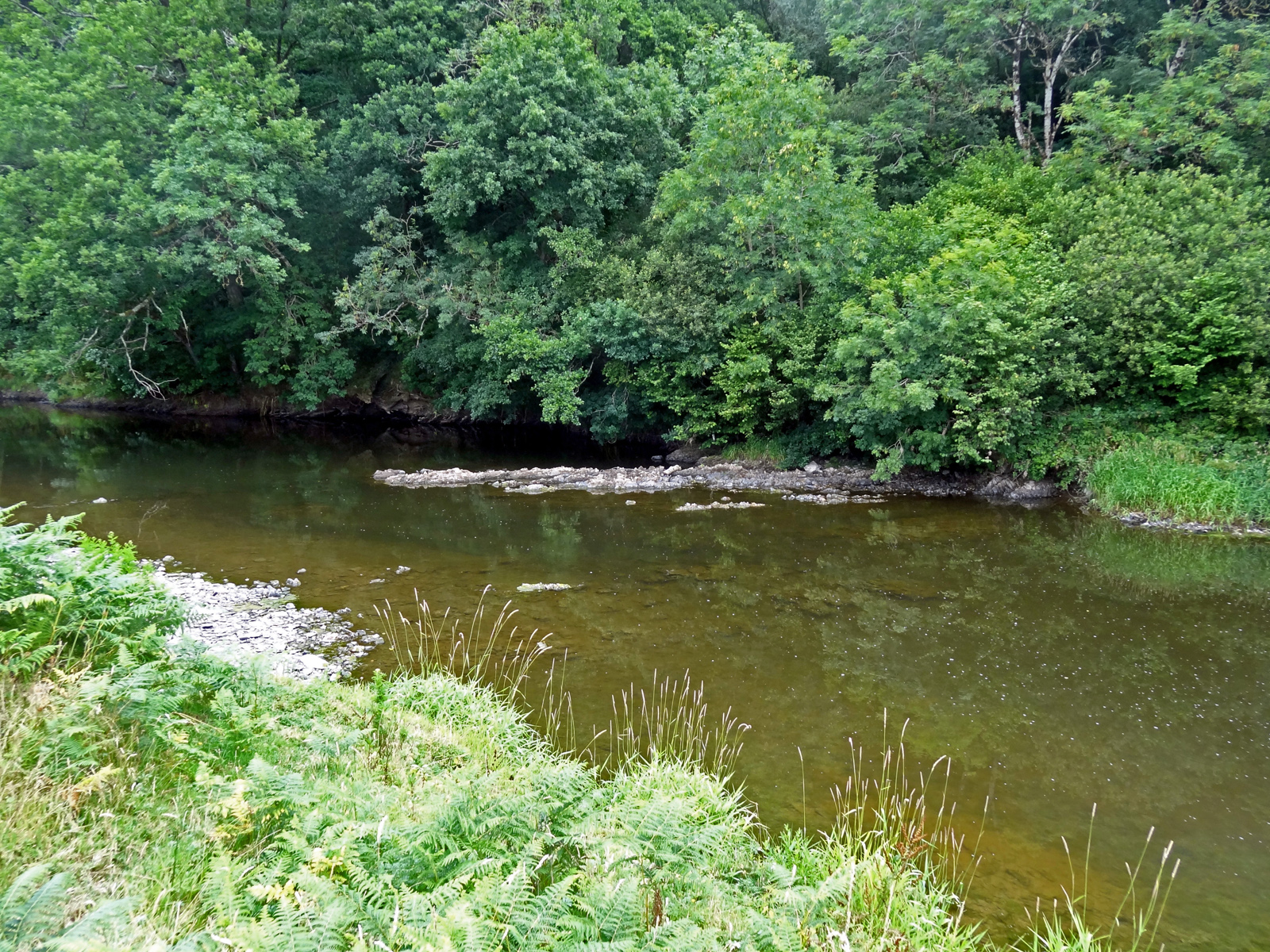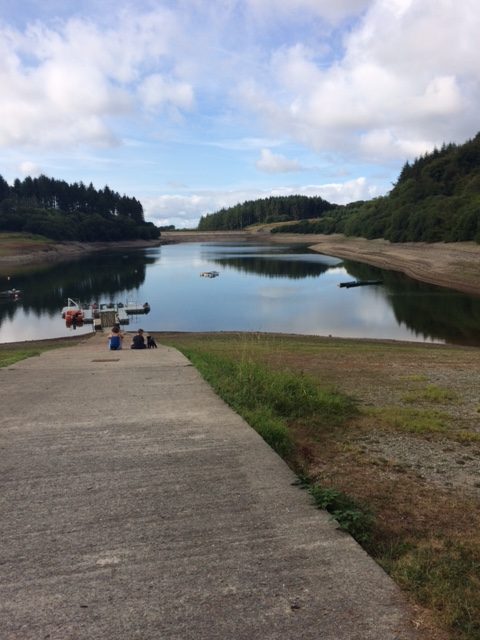Congratulations to Steve Dawe on an amazing year of fishing and fund raising for the stroke association. I have already ordered my copy of Steves book recording his amazing year of species hunting and will review it within these pages. Many thanks to Steve for writing the below report for North Devon angling News.
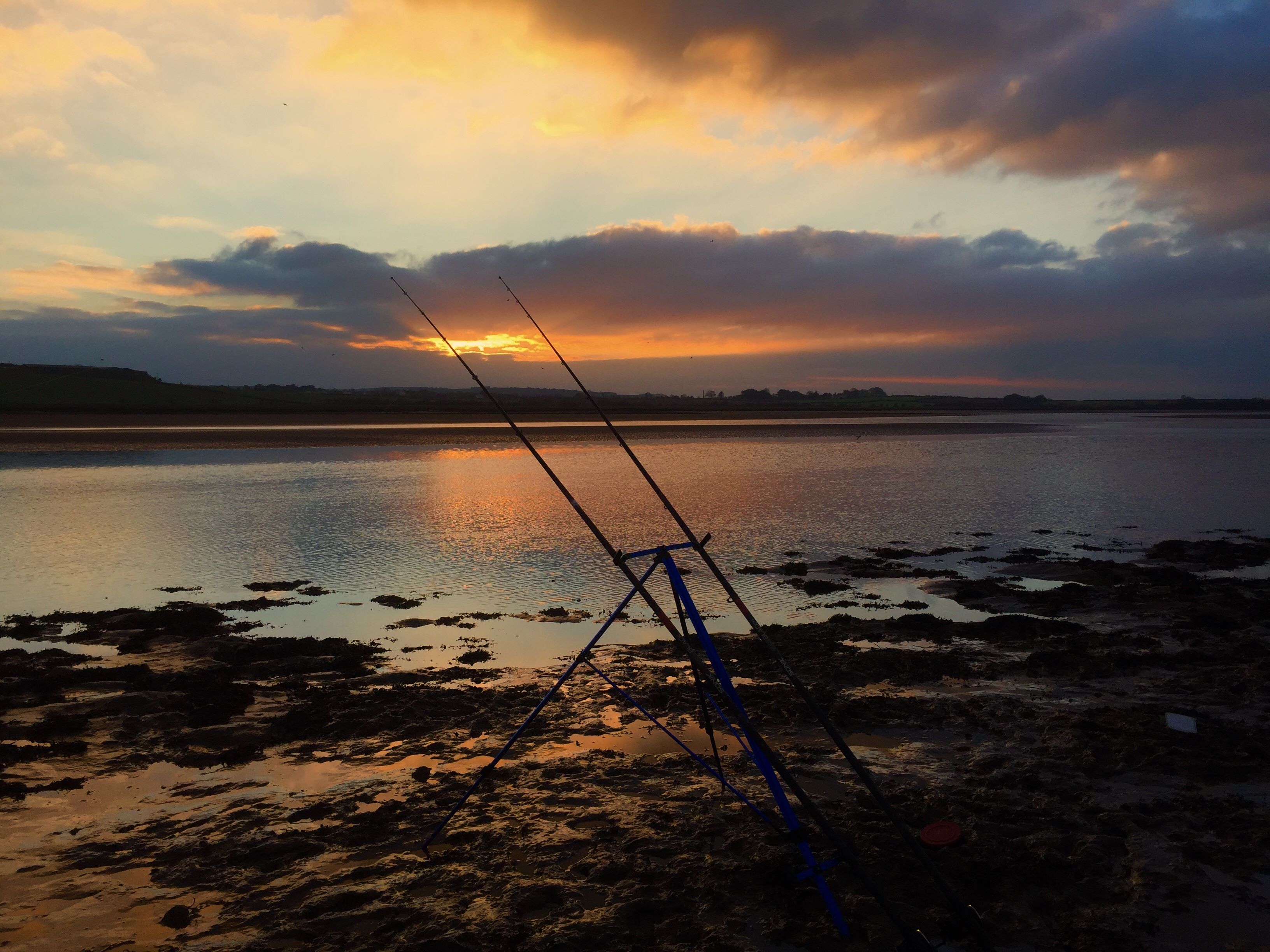
The challenge to catch 52 UK species in 52 weeks ended on December the 31stwith a final push to track down a 3 Bearded Rockling from a mark in Ilfracombe. Despite great advice on location and tactics from two very good North Devon anglers the species remained elusive although Pollack, Pouting and Congers provided a distraction. My final total for the year long challenge ended on 77 species when I finally got one of my nemesis species the Spotted Ray while fishing aboard Mike Webbers Teddie Boy out of Minehead. The Spotted Ray alone had taken 9 sessions across the year before I finally got the target, it does sum up the challenge that targeting a certain fish species presents.
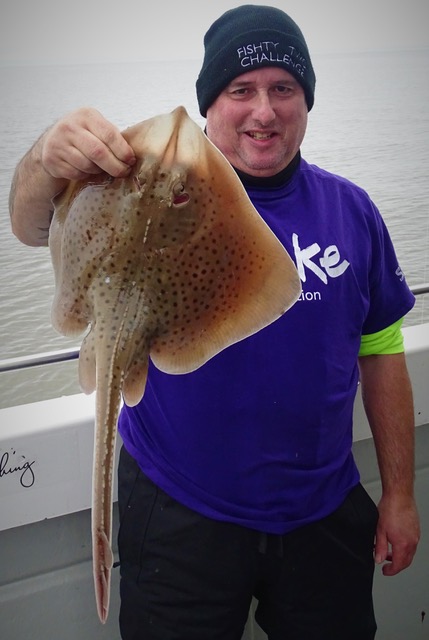
Fish just don’t read a script and despite anglers I know catching the Spotted Ray with impunity if you don’t have a slice of luck to add to the time spent on the bank then that magic fish can prove difficult. Over the year the North Devon Coast and Bristol Channel have been good to me on the species front with, Conger, Spurdog, Bullhuss, Dab, Hounds, Cod and Flounder all ticked off the list from the North coast.
This was largely down to great skippers and unconditional advice from several of the North Coast’s best anglers, you guys know who you are, and I and the Stroke Association are extremely grateful. During the challenge I notched up over 7000 miles, 115 sessions, 52 sea species, 25 coarse and game. Out of that total 44, were personal bests, a statistic I am sure I will never match or exceed again.
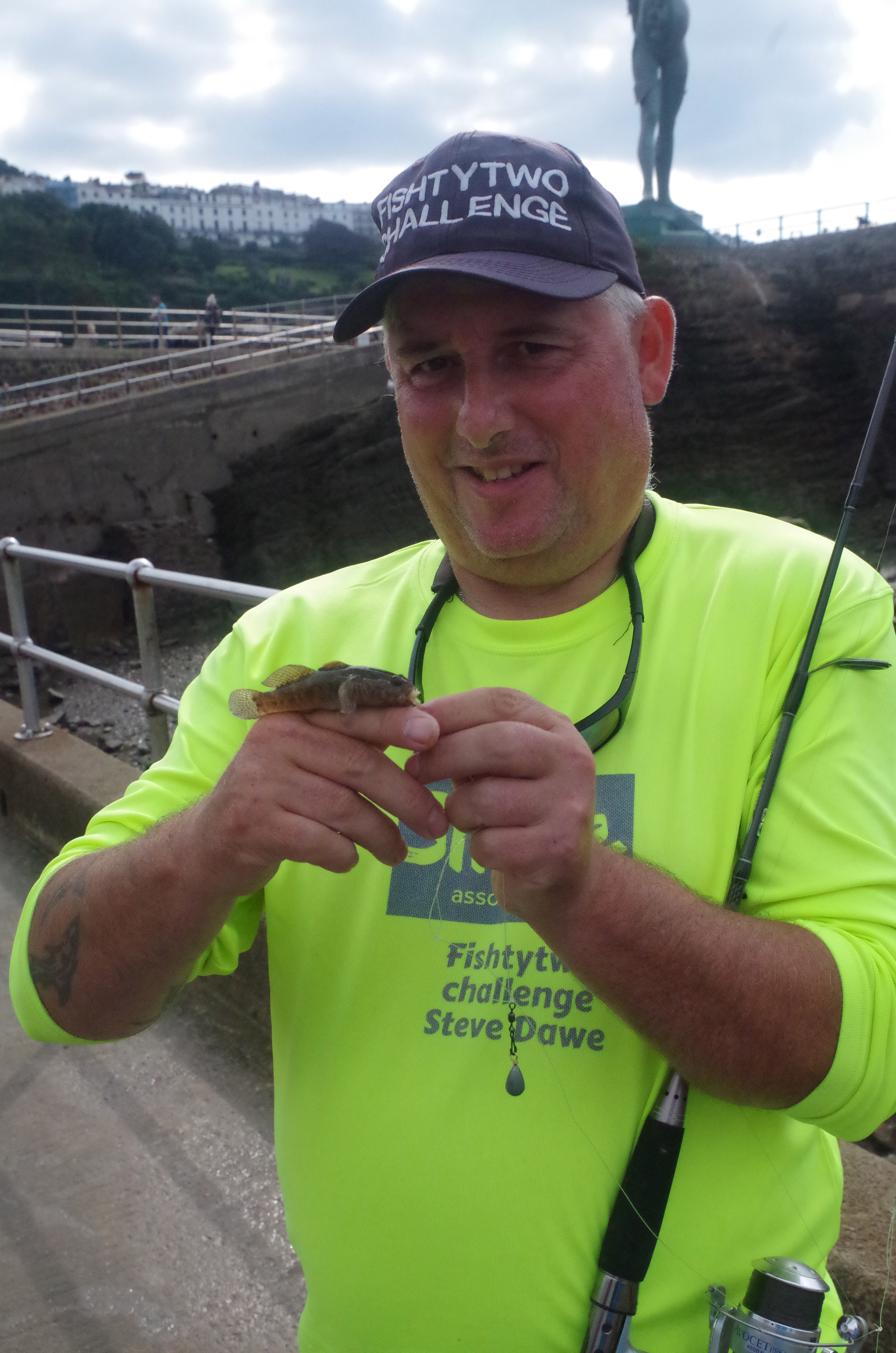
I must also thank Wayne who does a sterling job of reporting and promoting fishing events and achievements through his pages. Wayne invited me to attend the Combe Martin Sea Angling Clubs annual fun day at Ilfracombe this summer, and it was a great few hours spent with future anglers catching mini species. This event alone raised £25 for the charity in coin donations placed in the charity box, typical of the generosity shown by anglers and their families this year. Many people I met this year know someone or have had a family member effected by a Stroke, this life changing condition can affect everyone young and old.

Last Saturday I was joined by my good friend and inspiration for this challenge Andy Adams, Andy was a dedicated angler who was hit out of the blue with a massive stroke. The stroke has left Andy wheel chair bound and in need of a full-time carer, what it didn’t take however was his fighting spirit. Together we presented a cheque for £1340.00 to Hayley Ali of the Stroke Association while at a lunch down in the port of Looe.
I was asked by several of the readers of my blog to consider writing a book of the year long challenge, I have managed to complete this to coincide with the cheque presentation. The book titled Fishty Two Weeks in a Yearis available from Amazon as a Kindle version and Paperback.
All profits from the sale of this book will also go to the Stroke Association, so anyone buying are helping this great cause. Although I may have been the figurehead of this challenge it was only possible due to the copious amounts of goodwill, professionalism and support of my fellow anglers and friends so I salute you all.



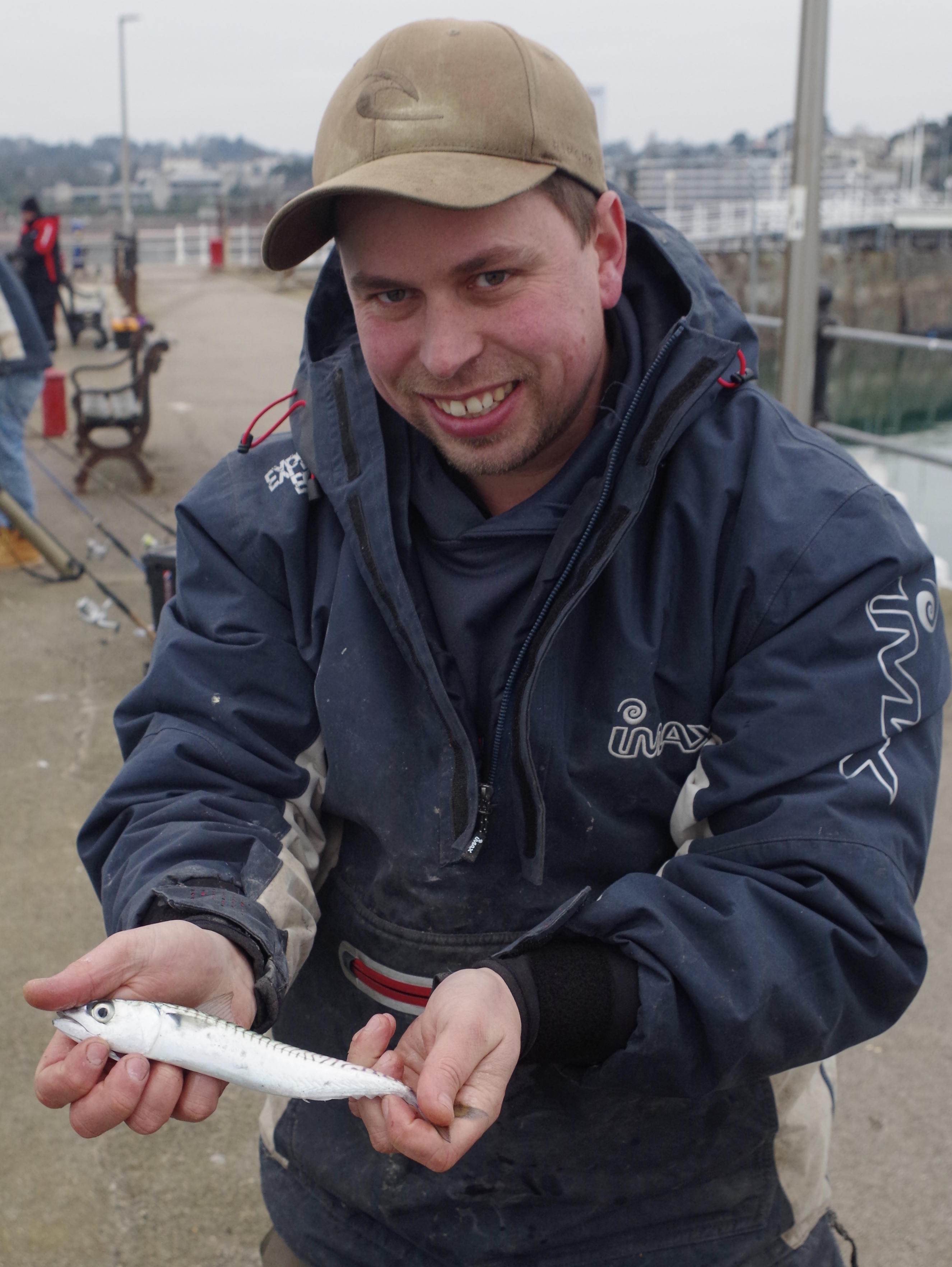


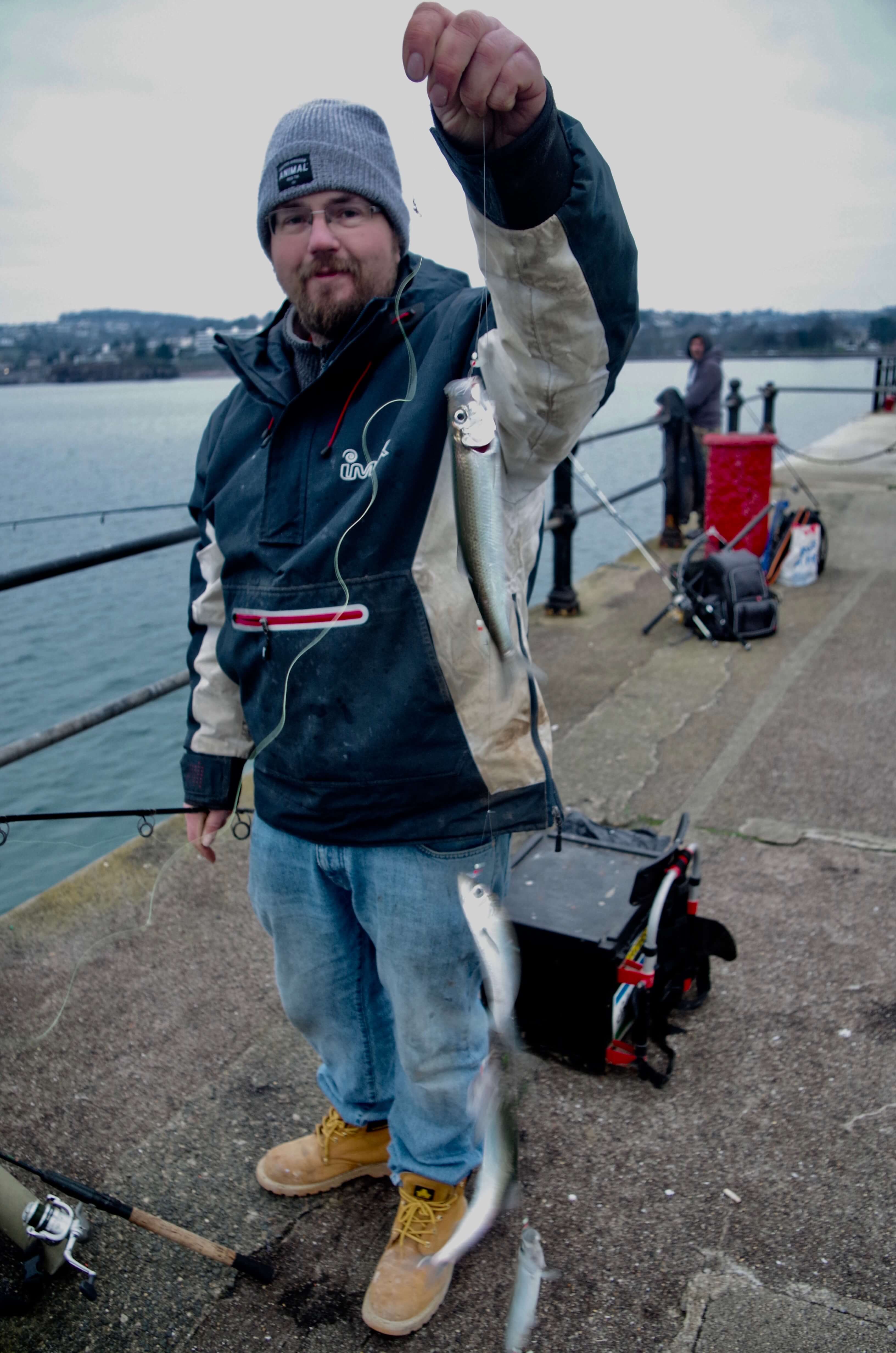
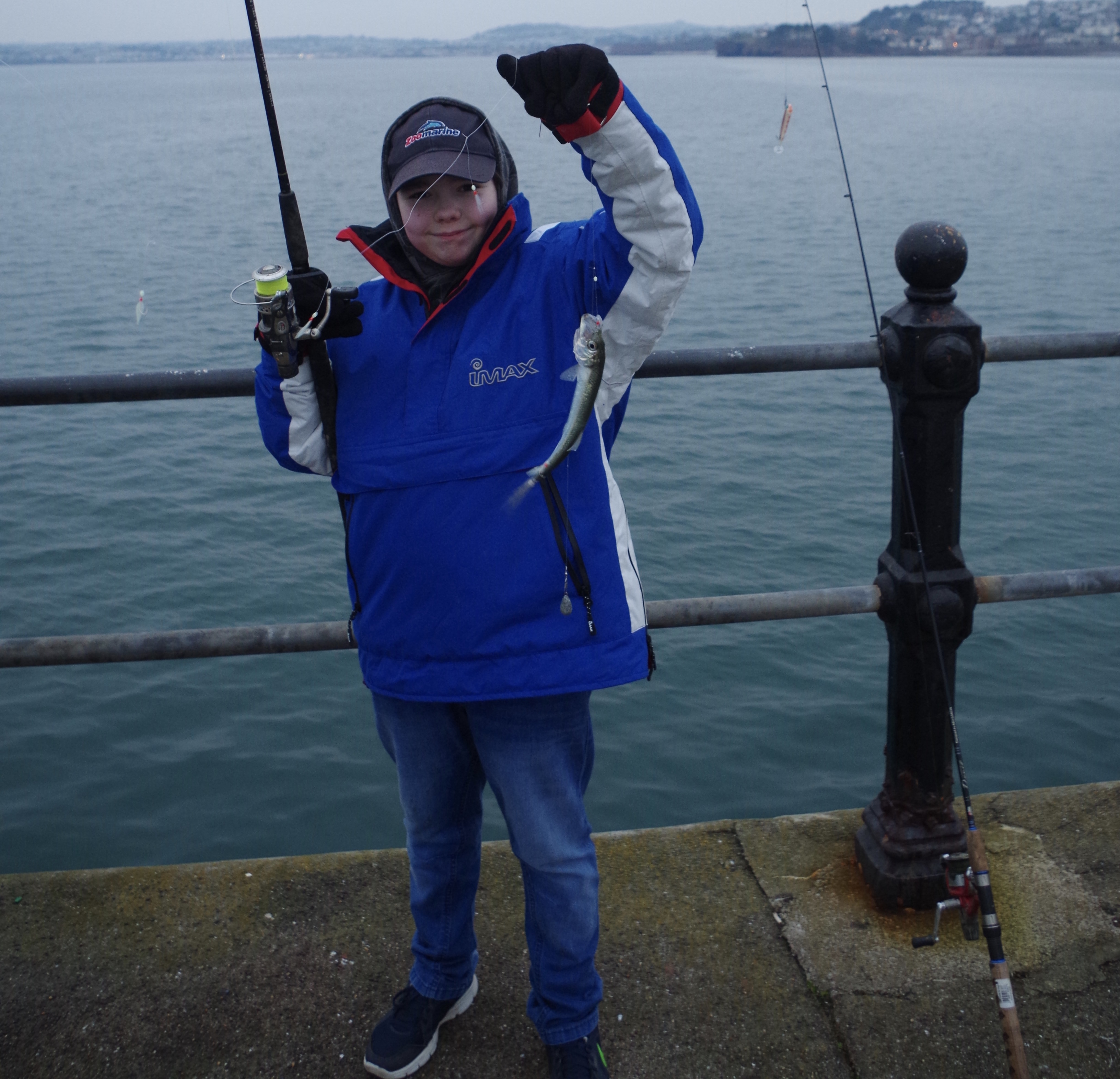

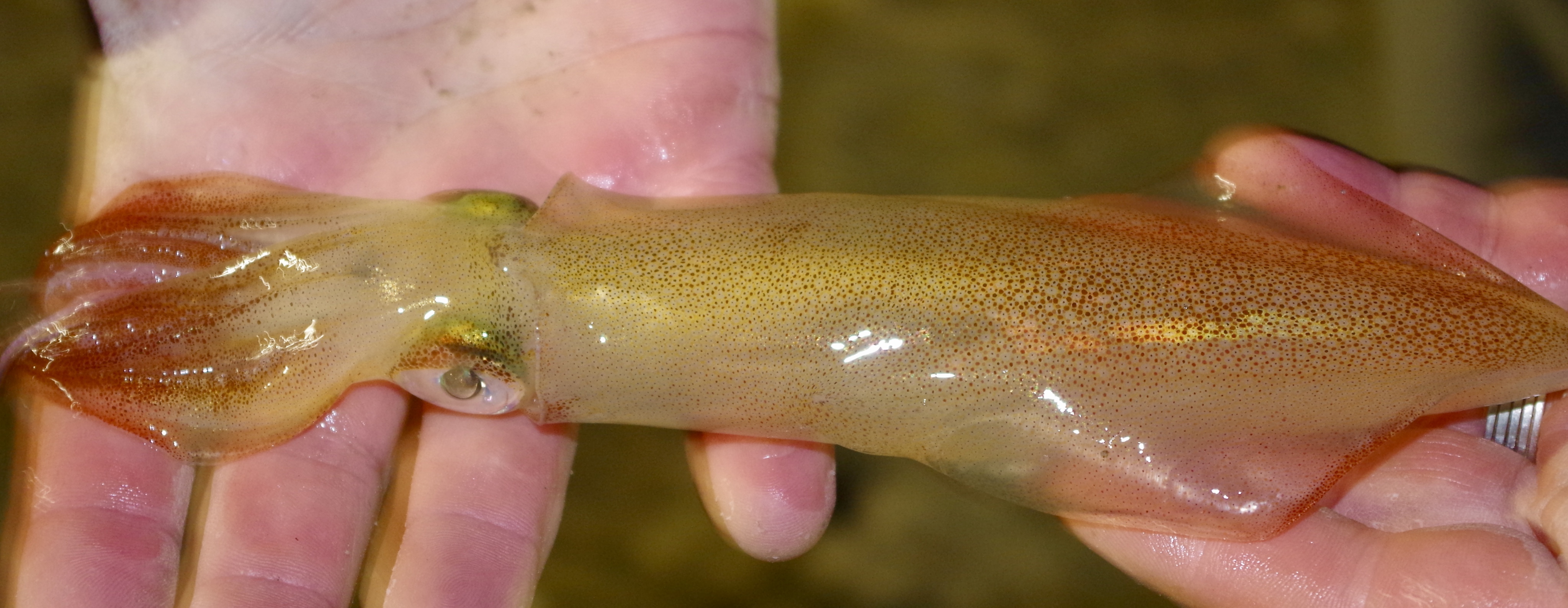
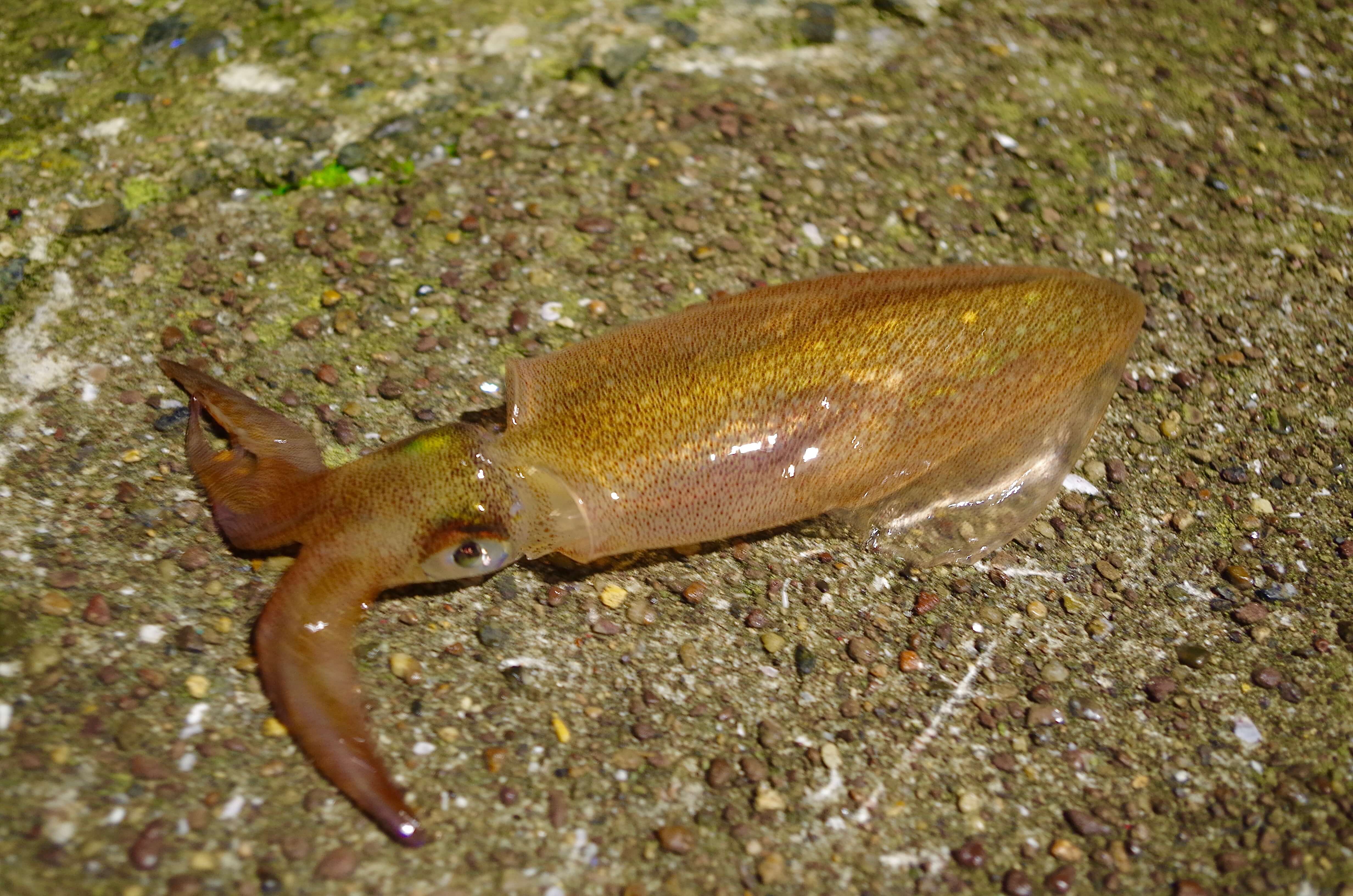
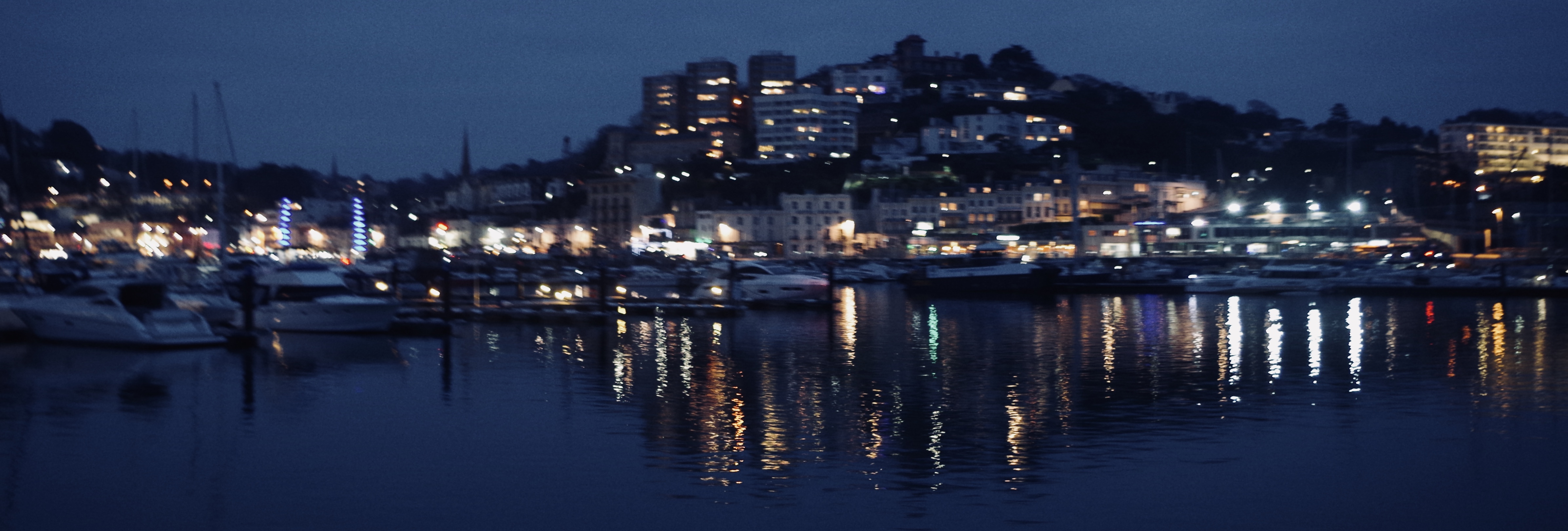
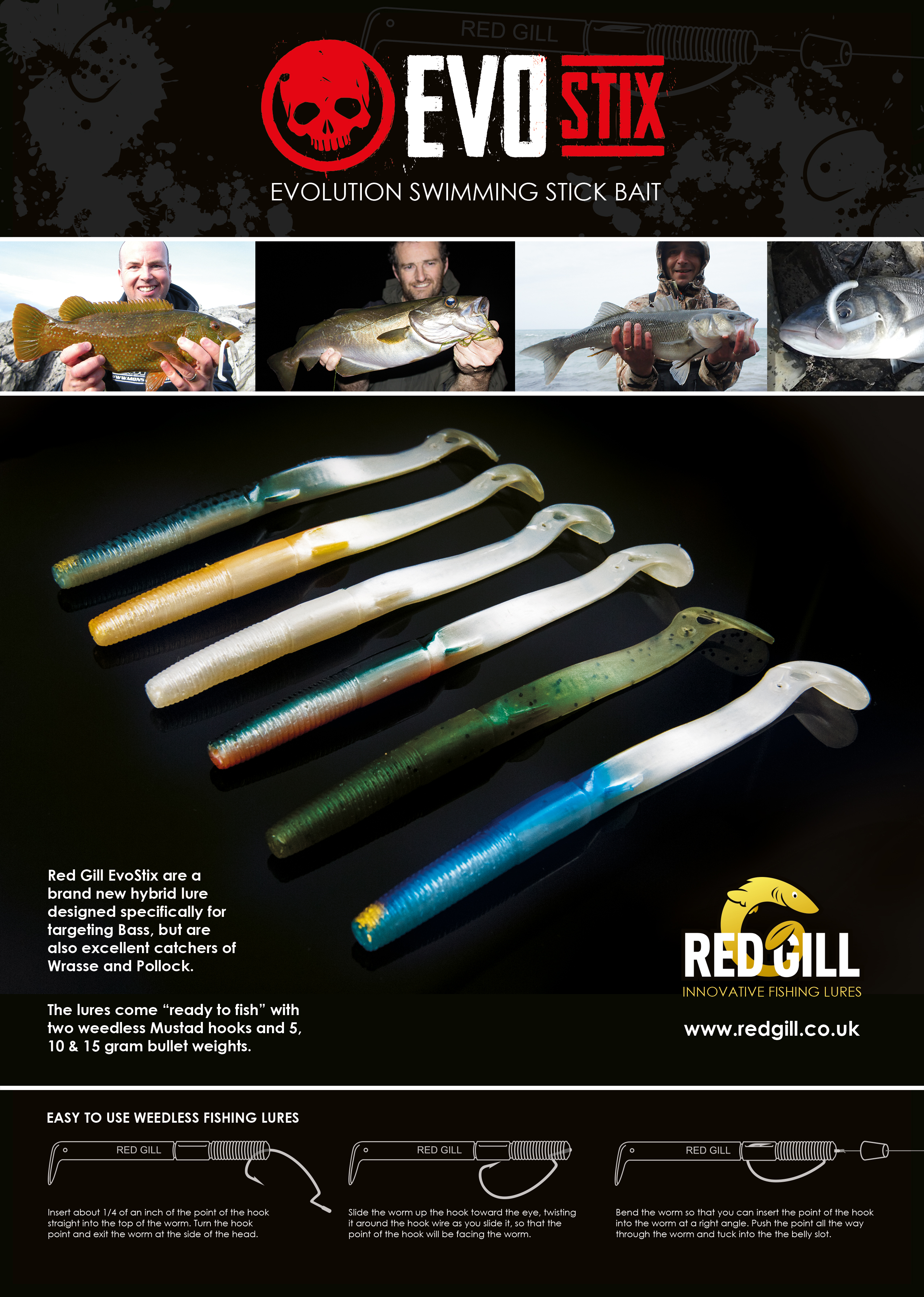

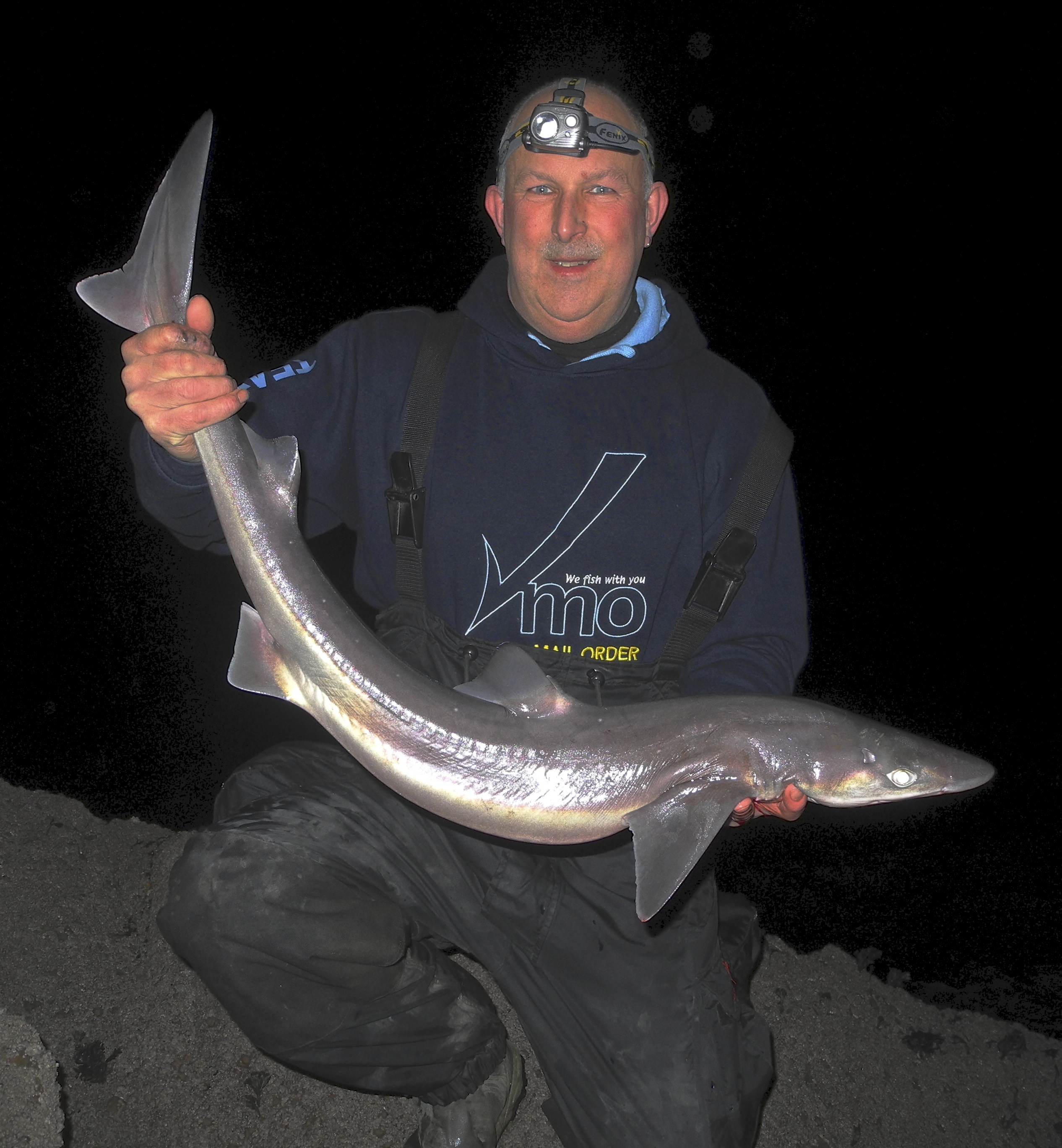

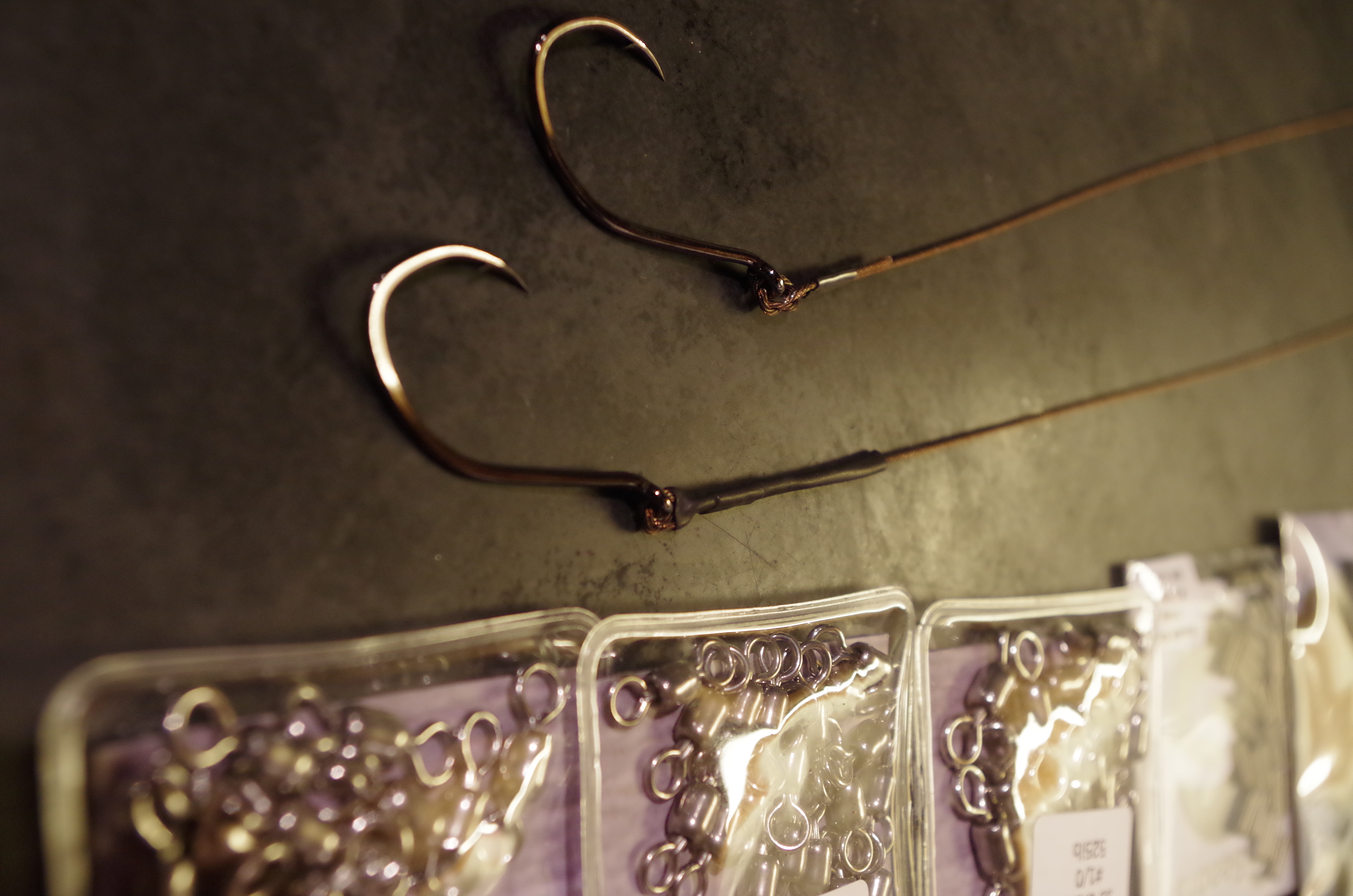
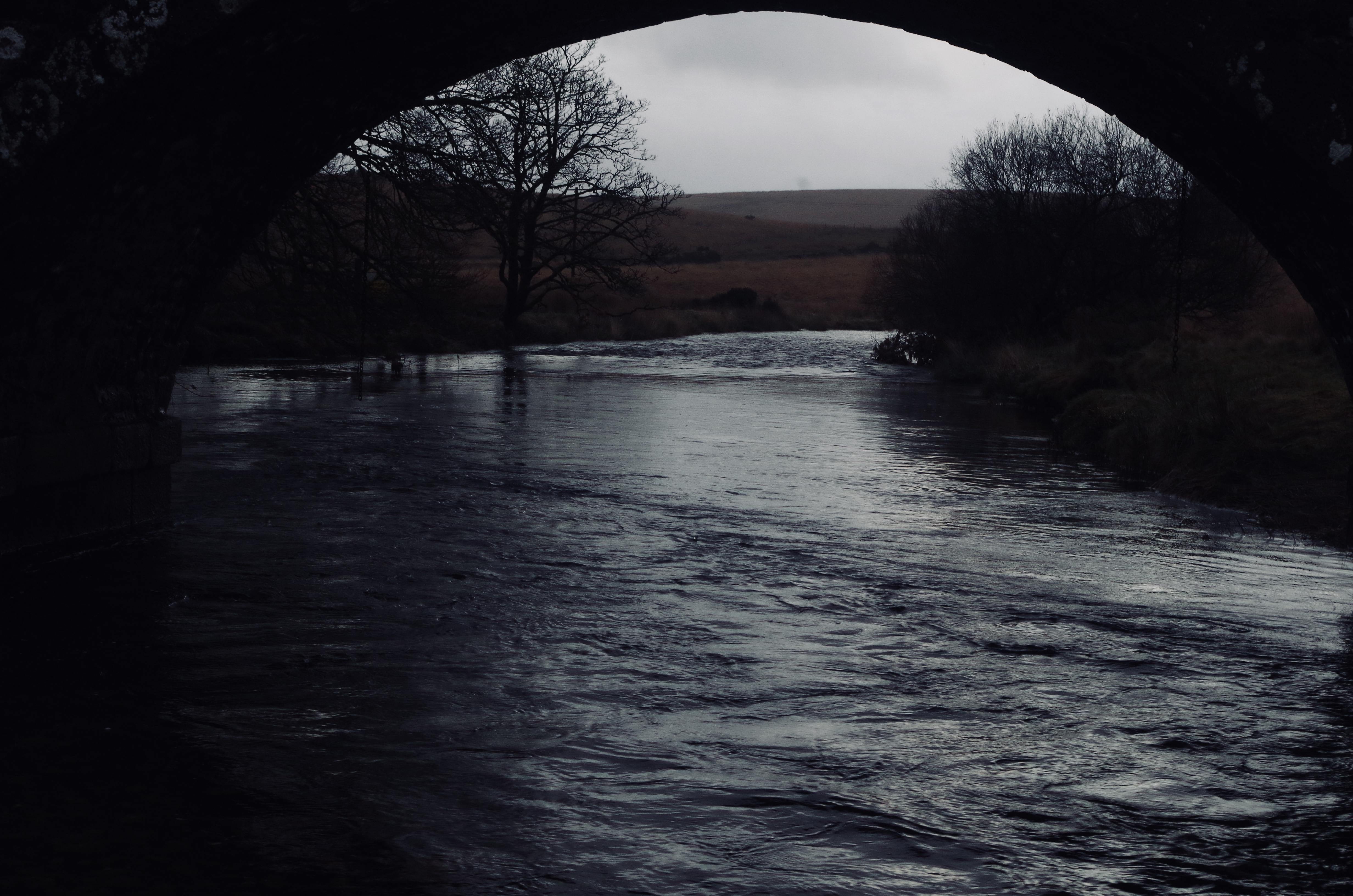

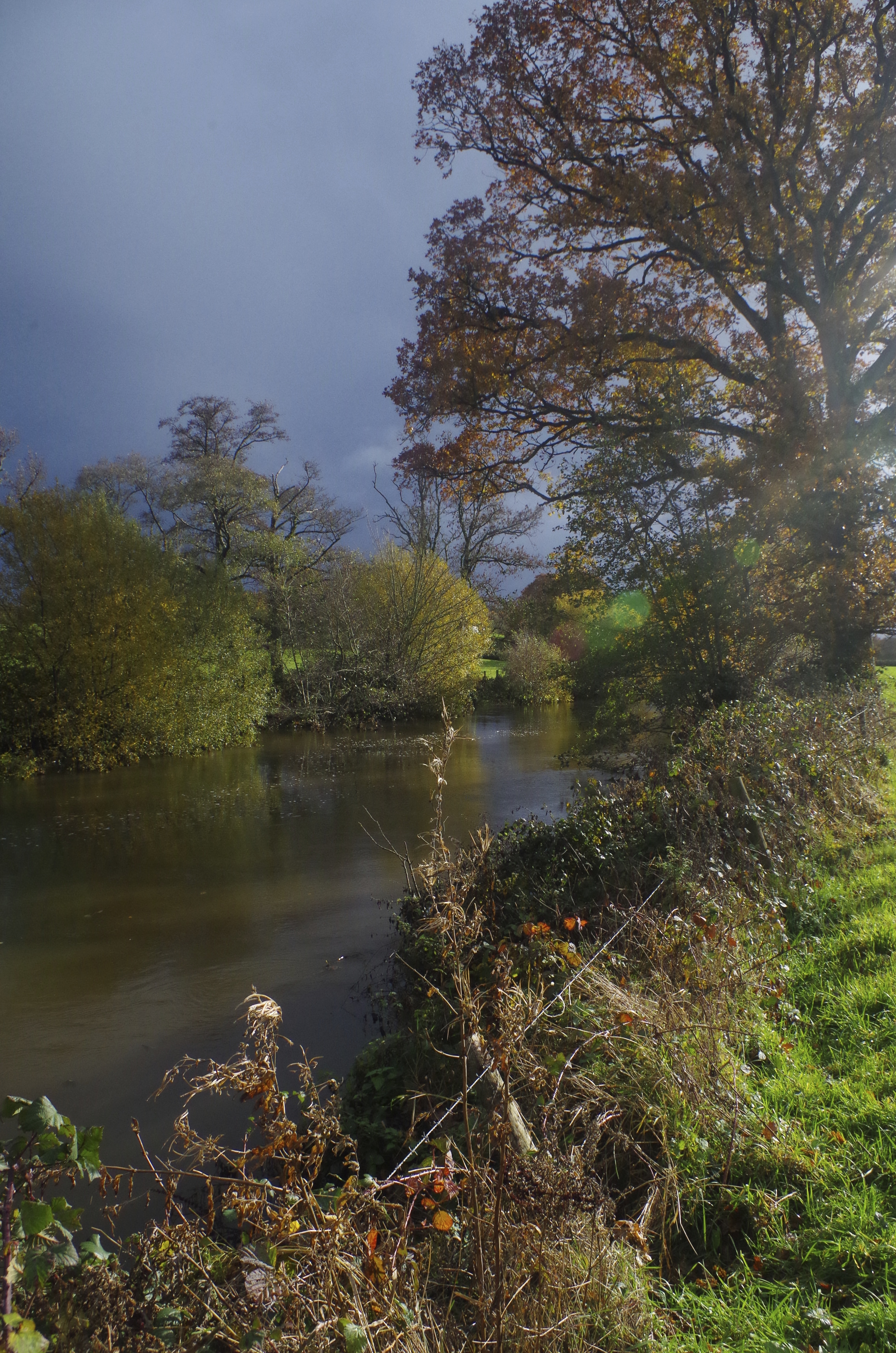
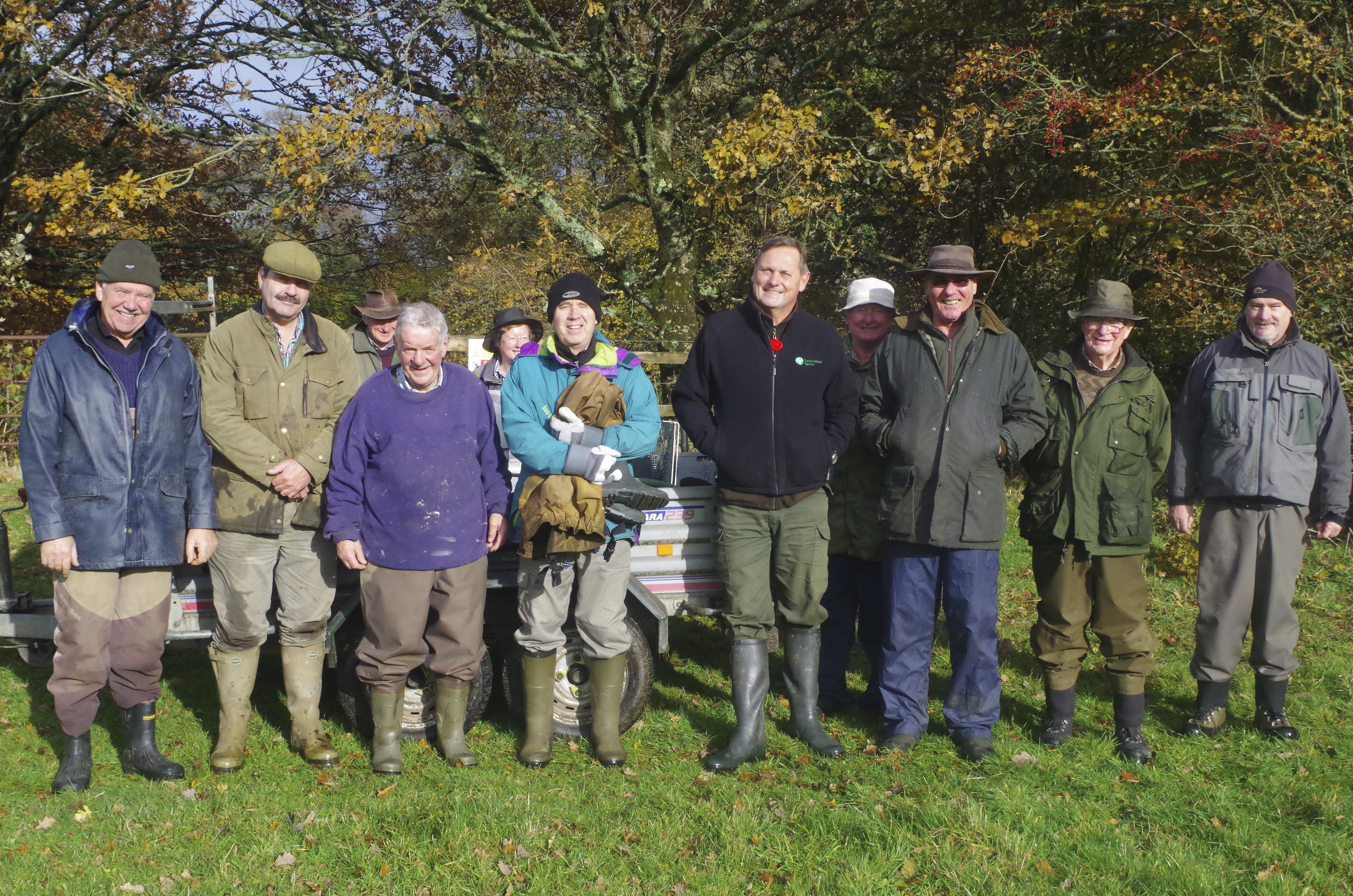
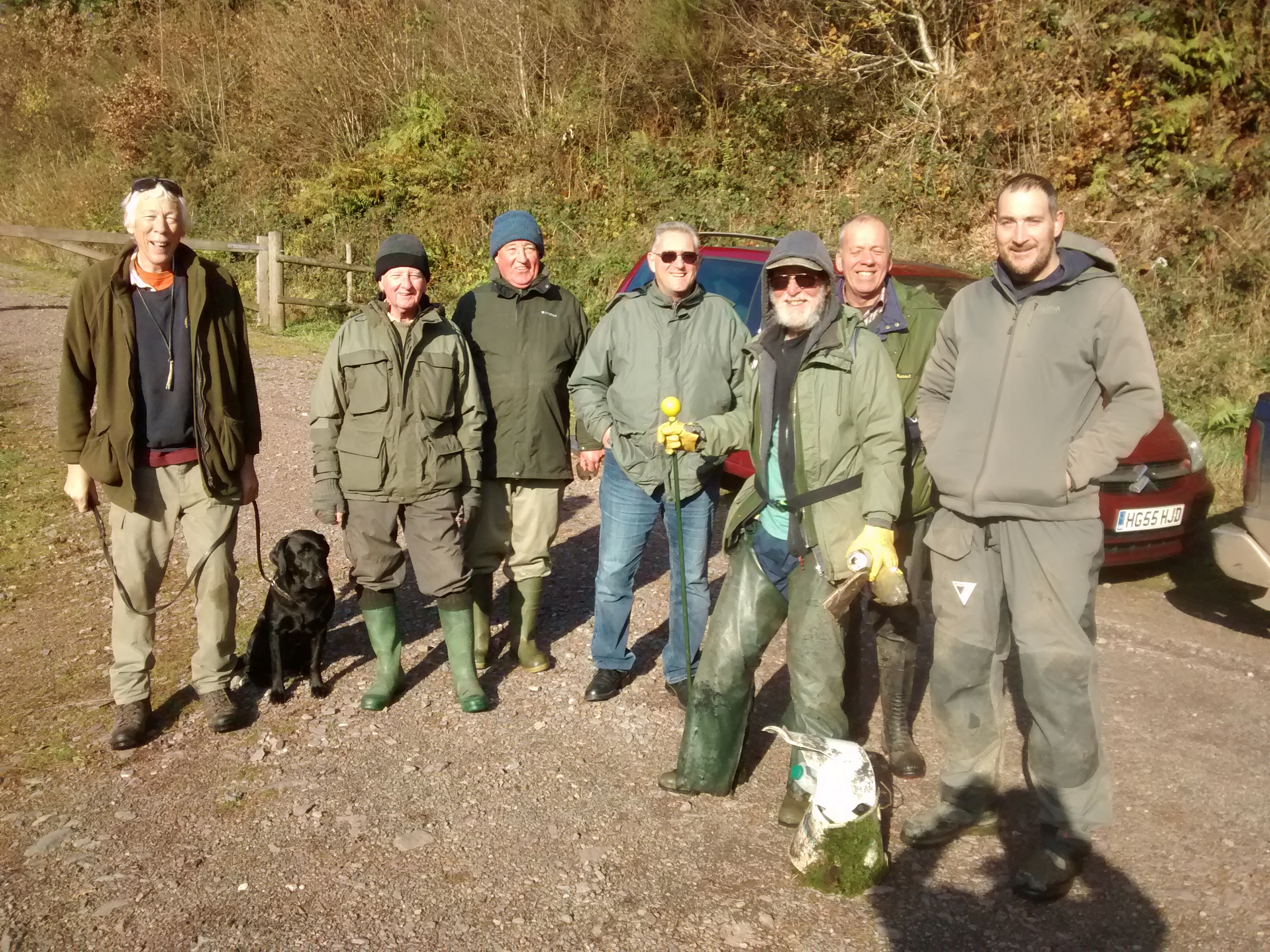
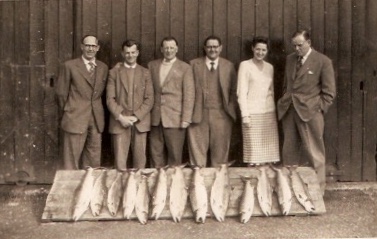
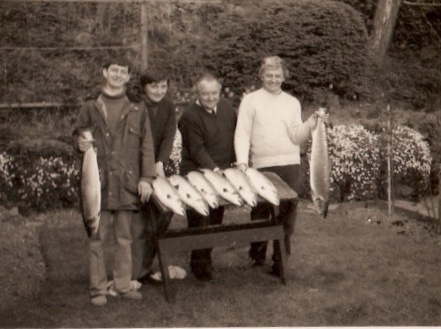
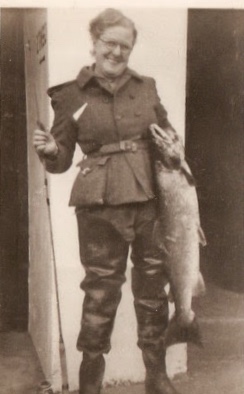
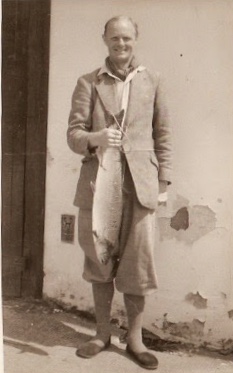
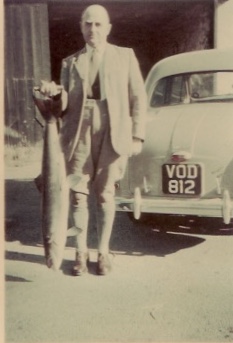
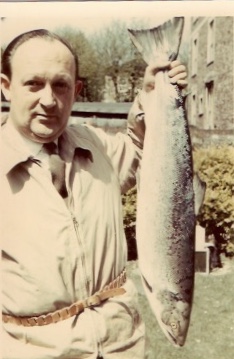
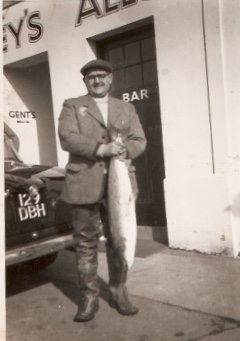
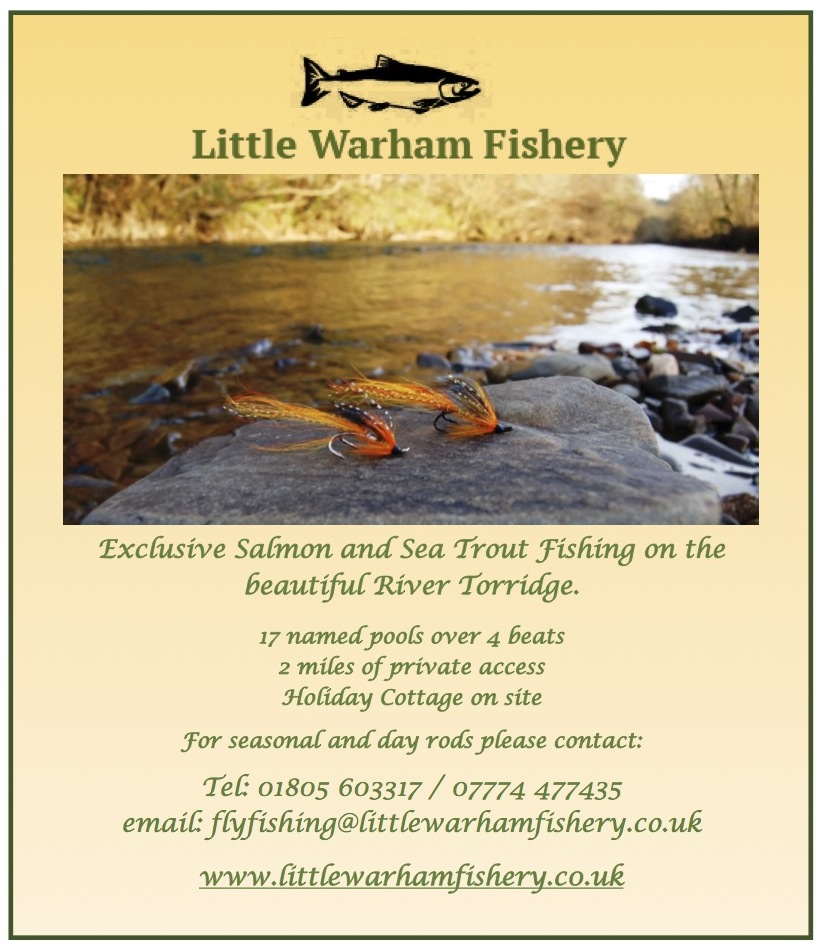




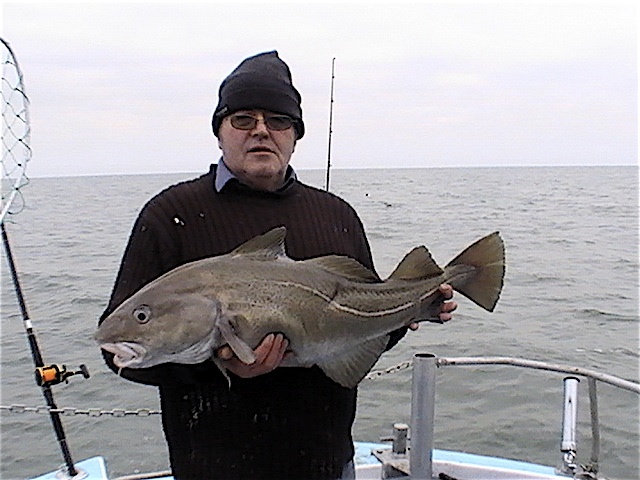


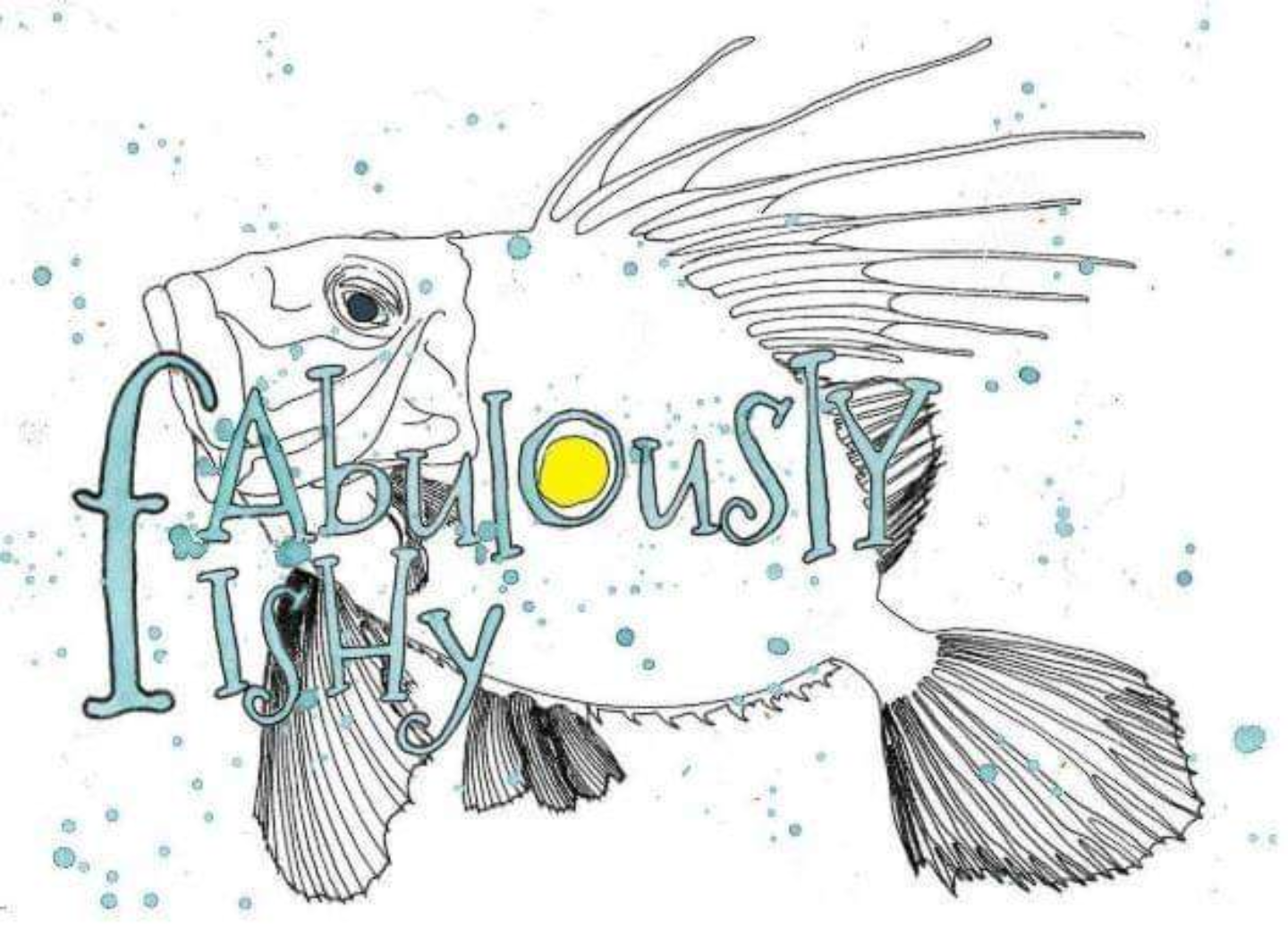
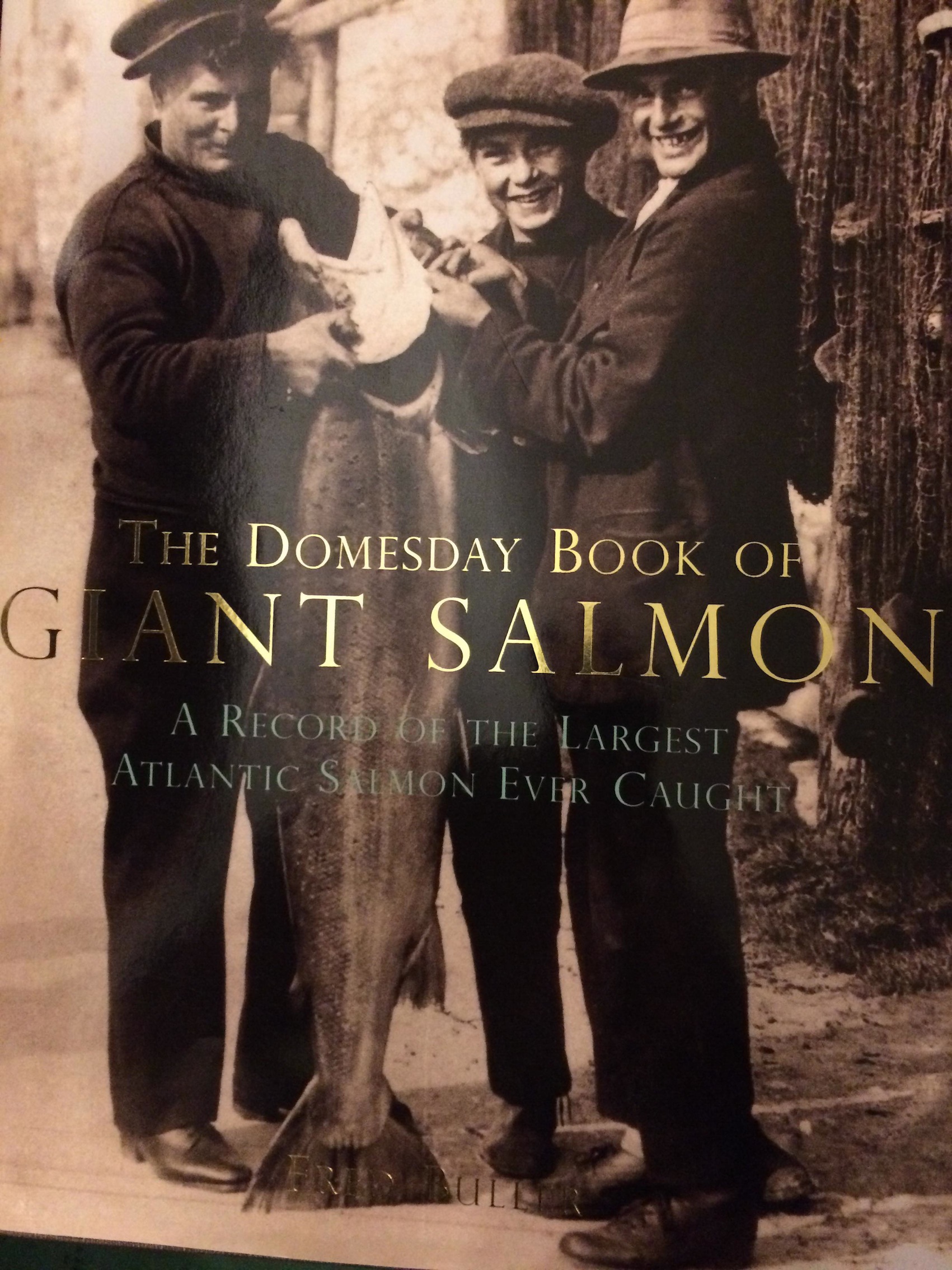


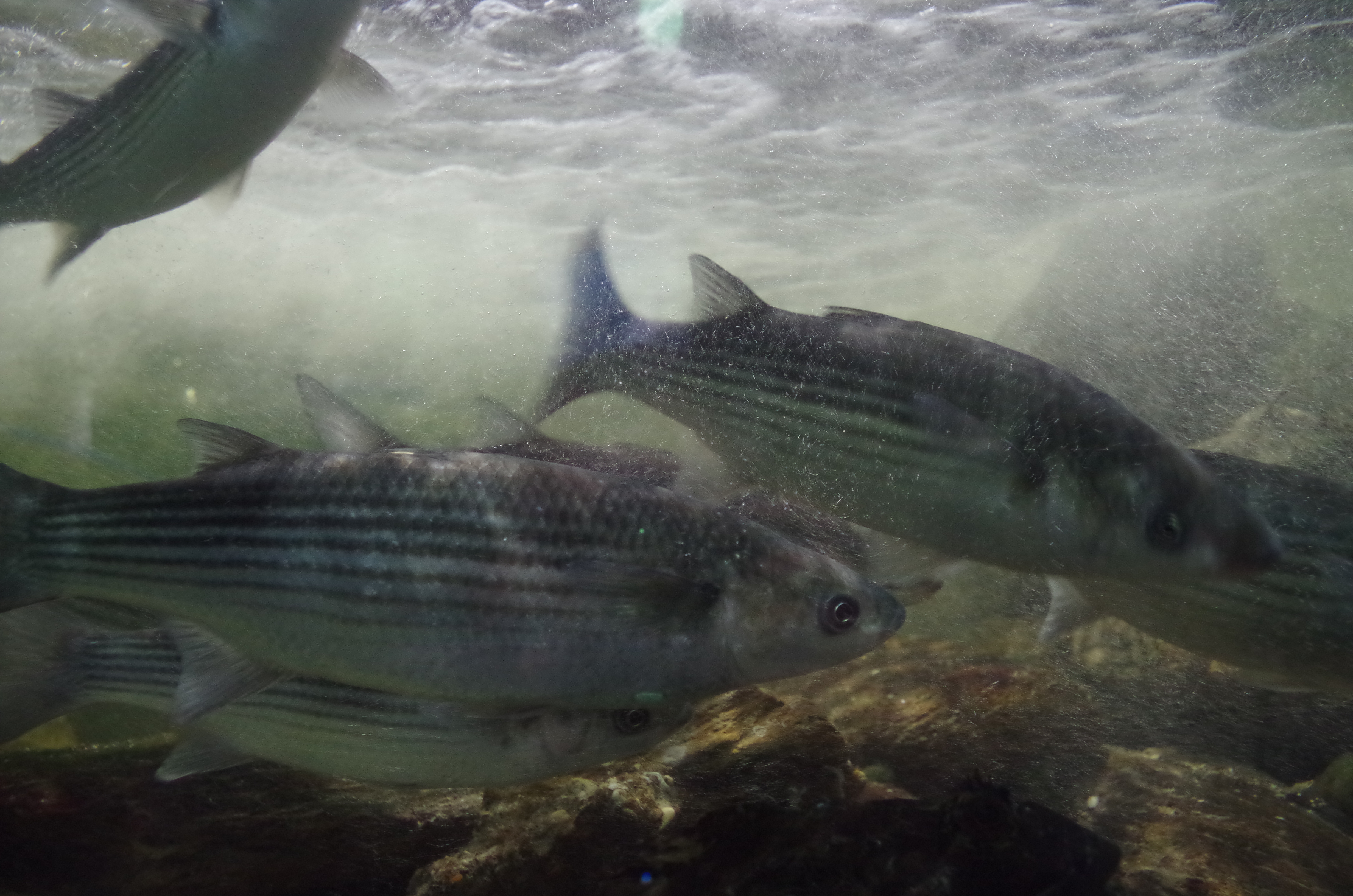
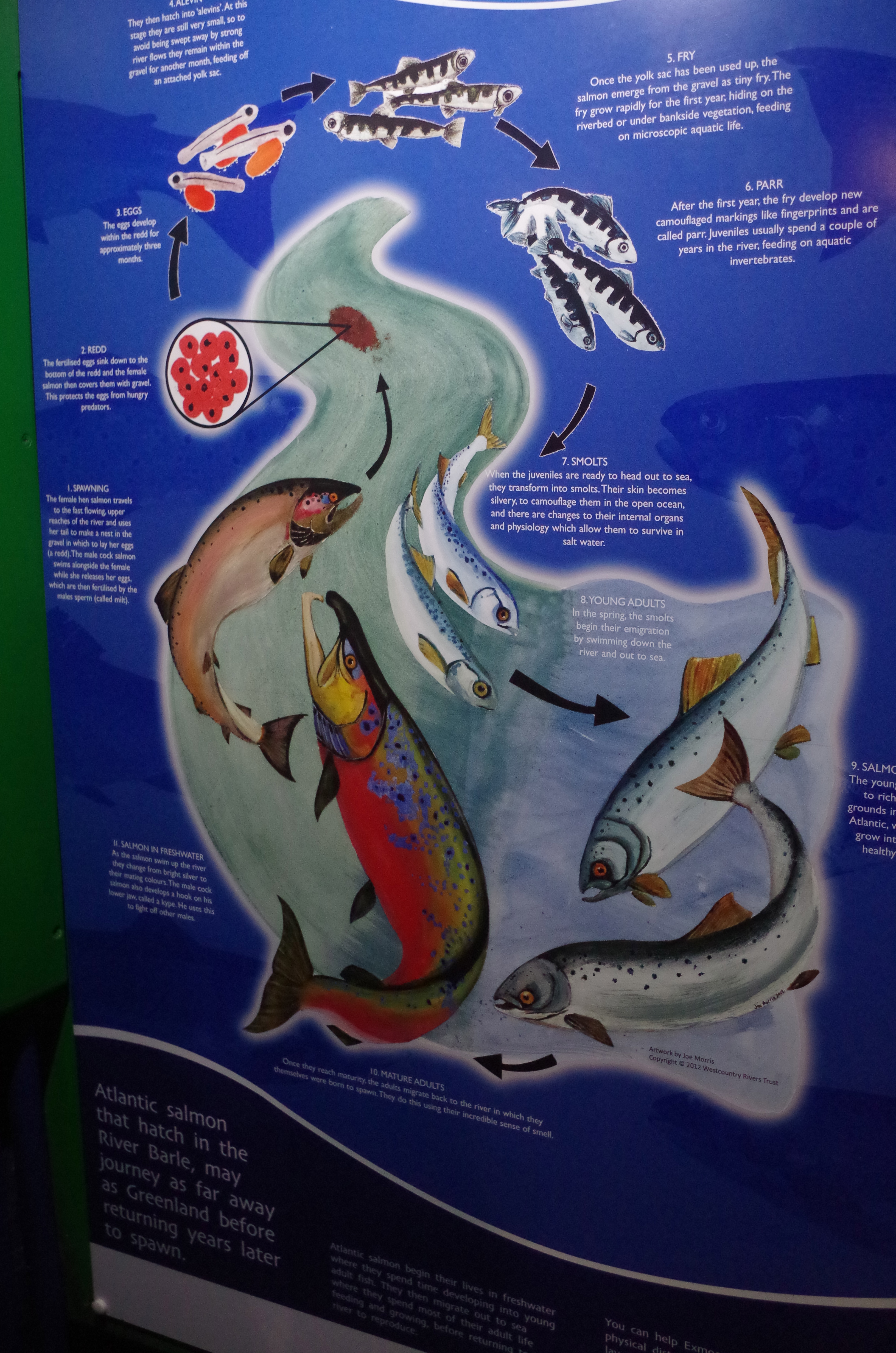
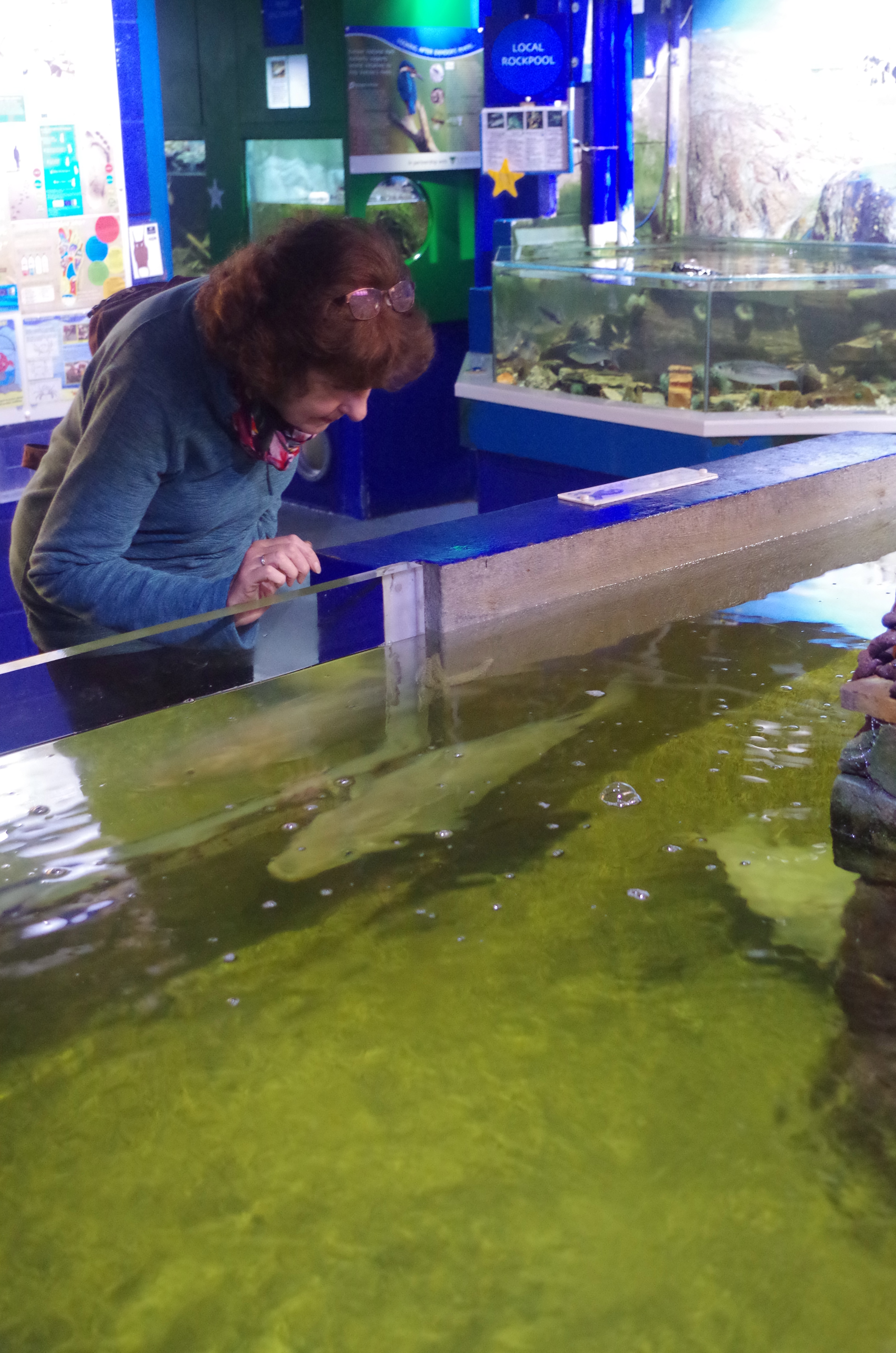
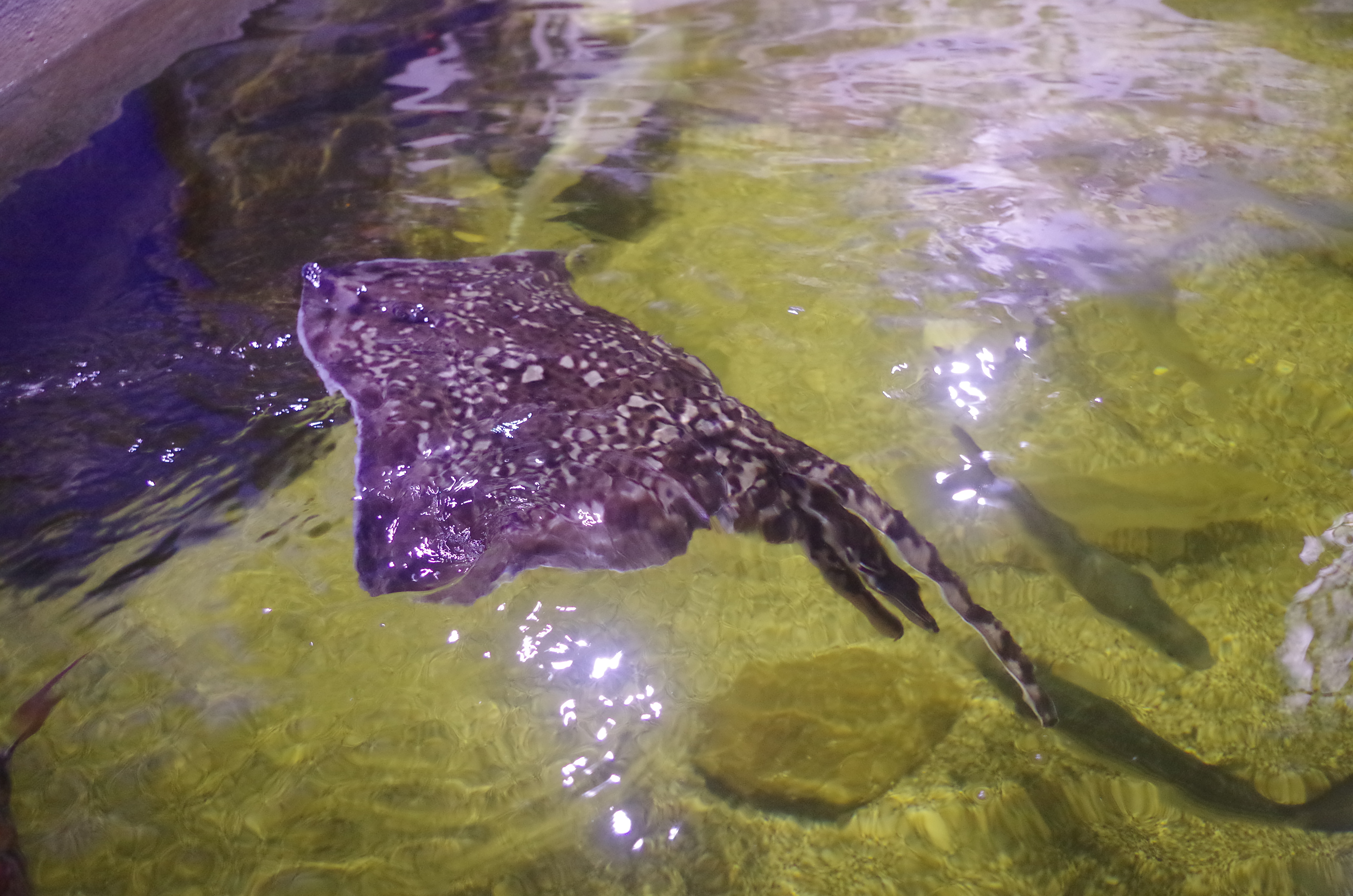 Surprisingly though it was not the big fish that we found to be most captivating but the smaller fish such as the dragonets with their stunning sapphire eyes and bristling demeanor. Pipefish, gobies, topknots, sole and sand smelt were amongst other fascinating fish on display.
Surprisingly though it was not the big fish that we found to be most captivating but the smaller fish such as the dragonets with their stunning sapphire eyes and bristling demeanor. Pipefish, gobies, topknots, sole and sand smelt were amongst other fascinating fish on display.